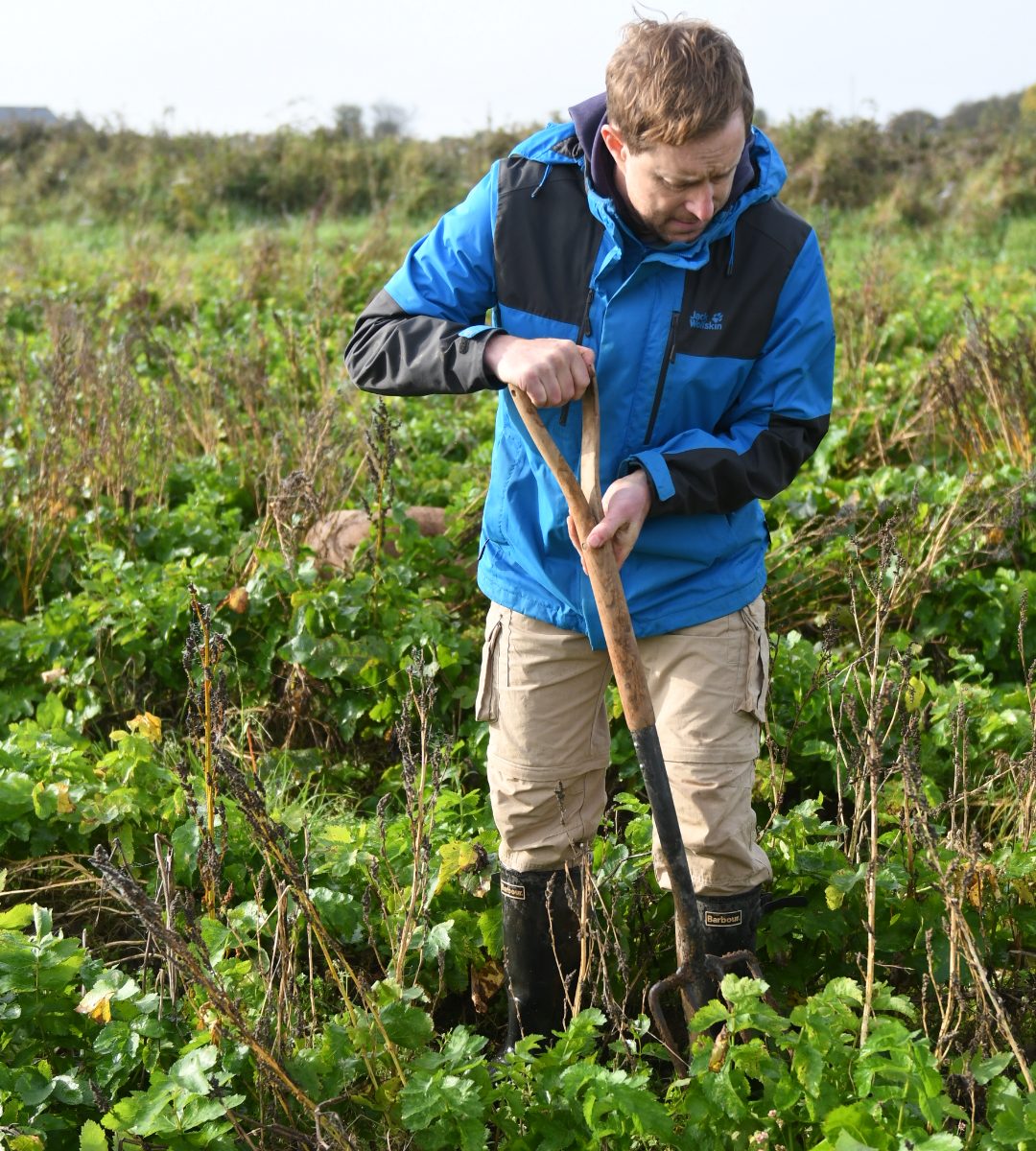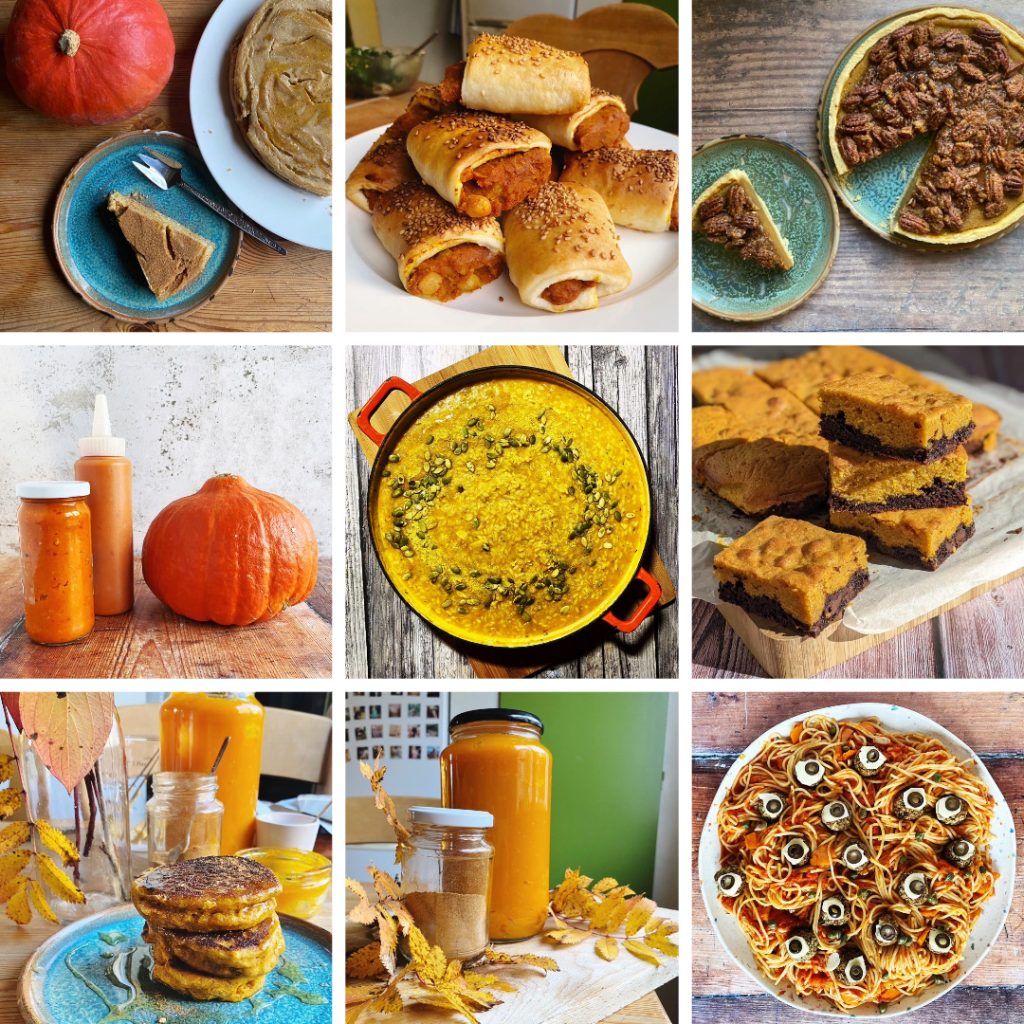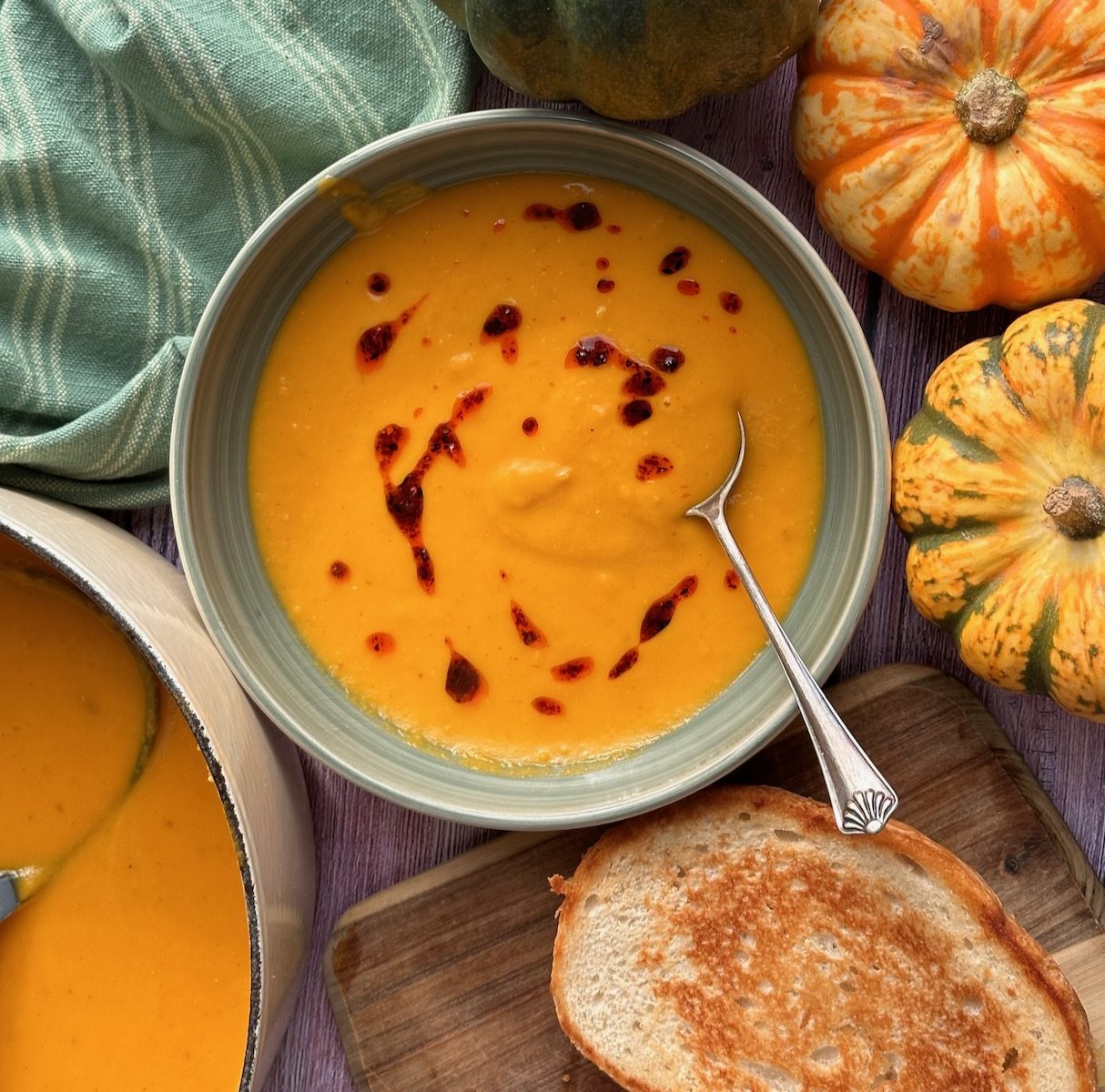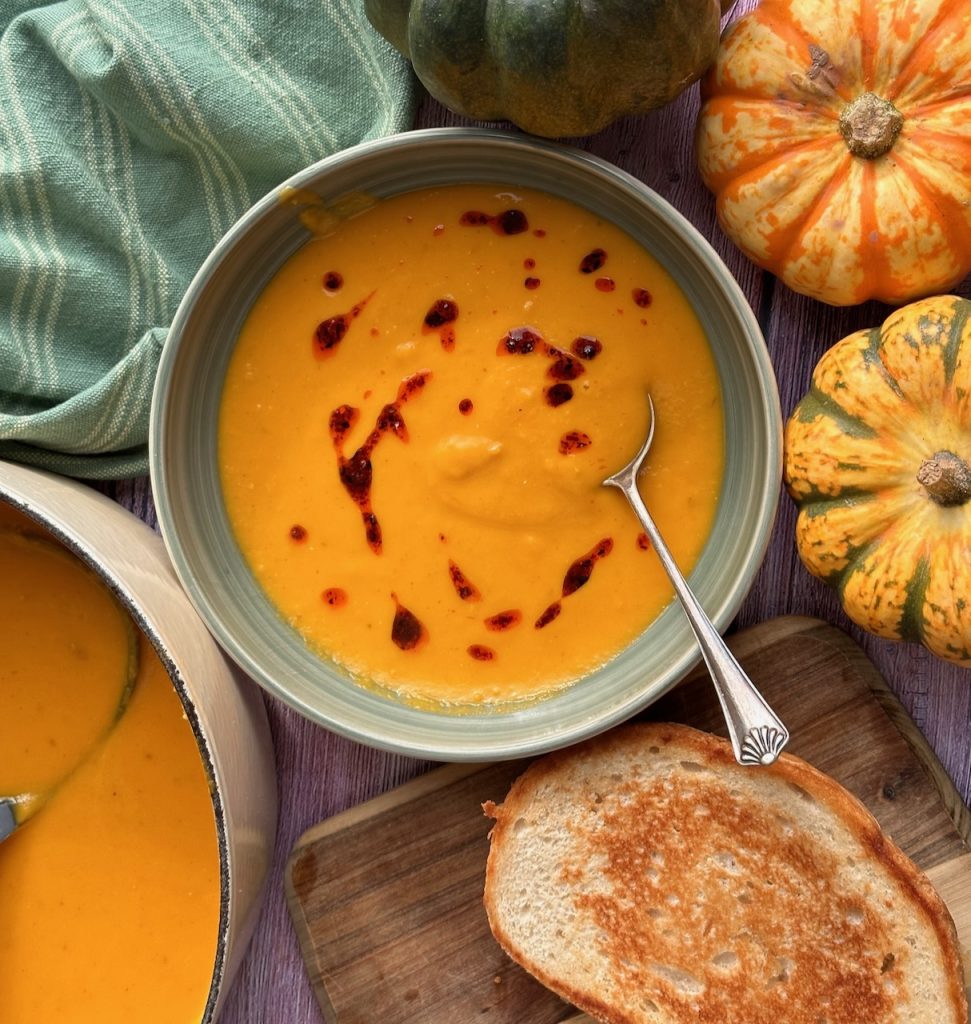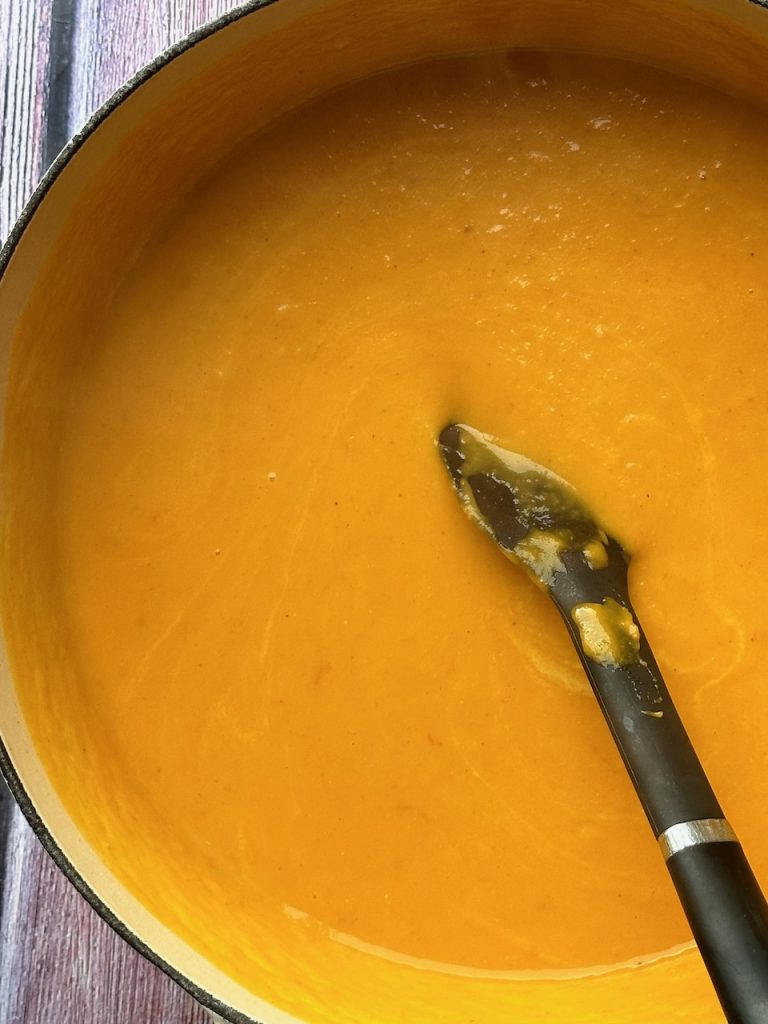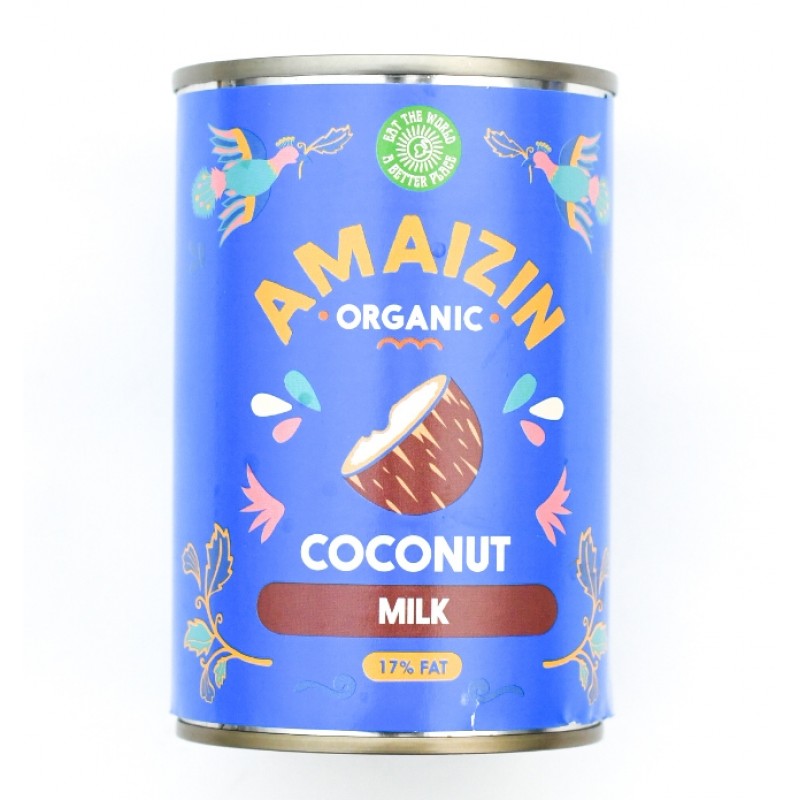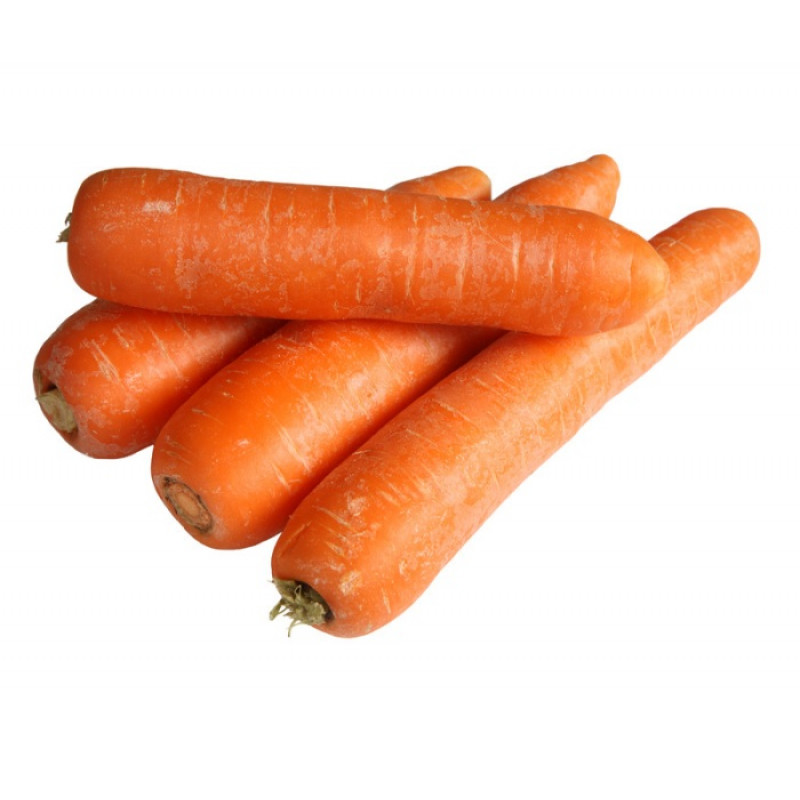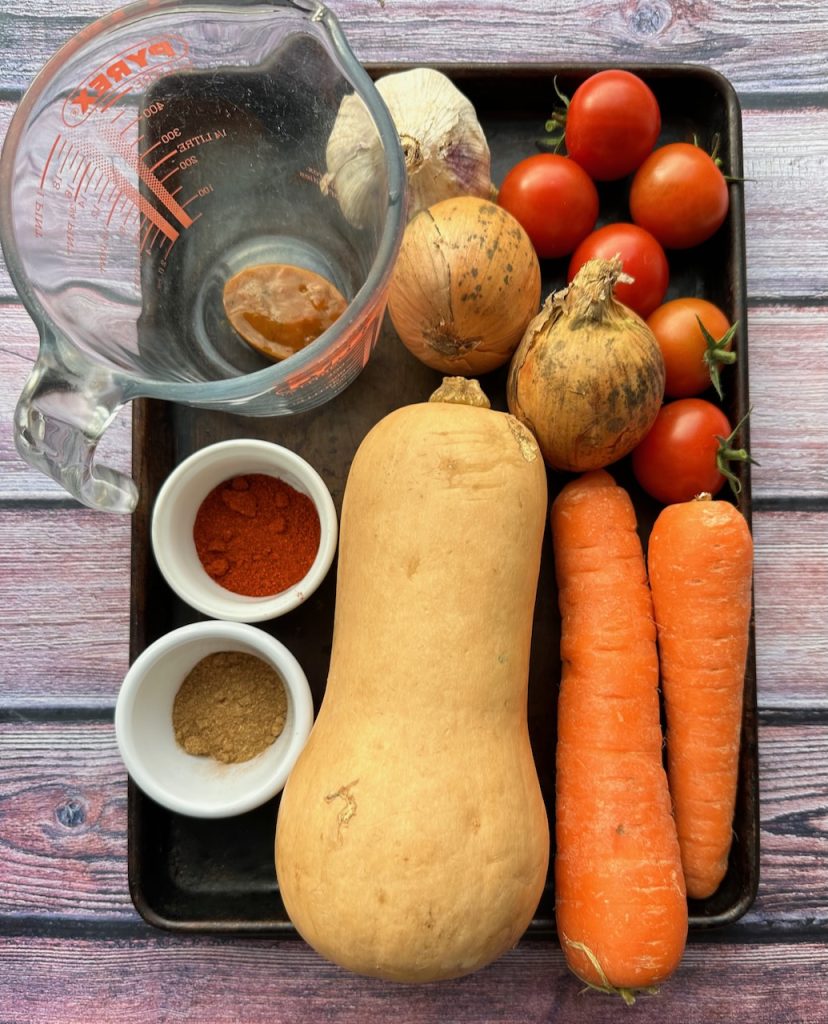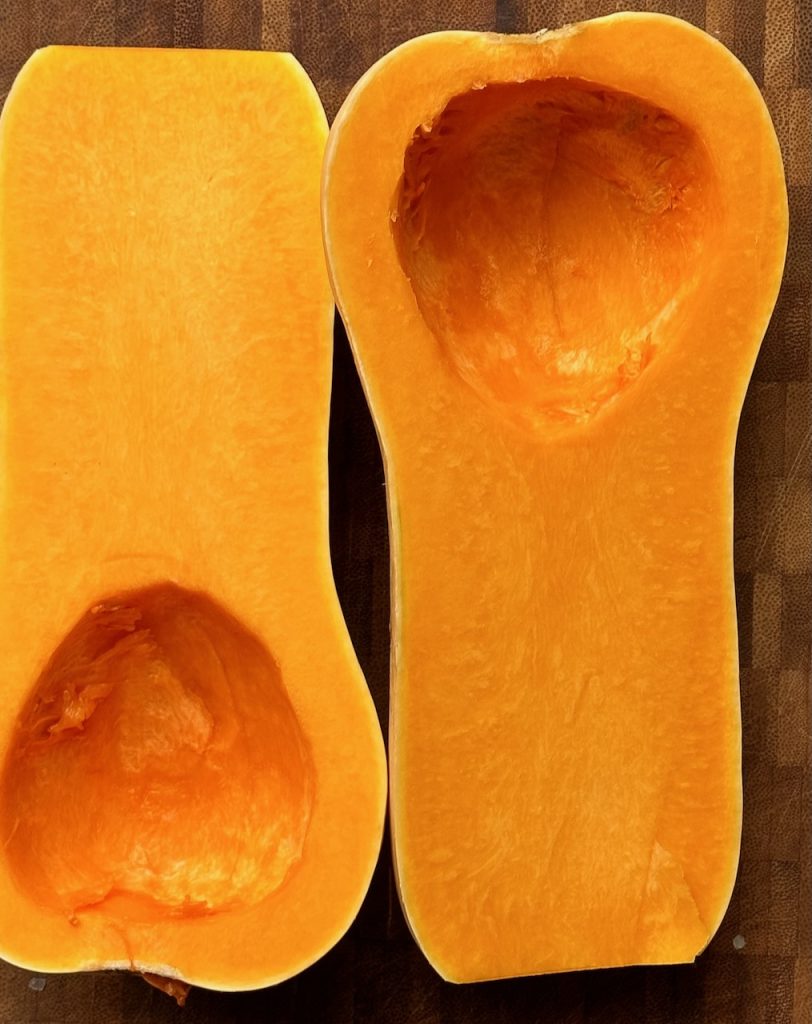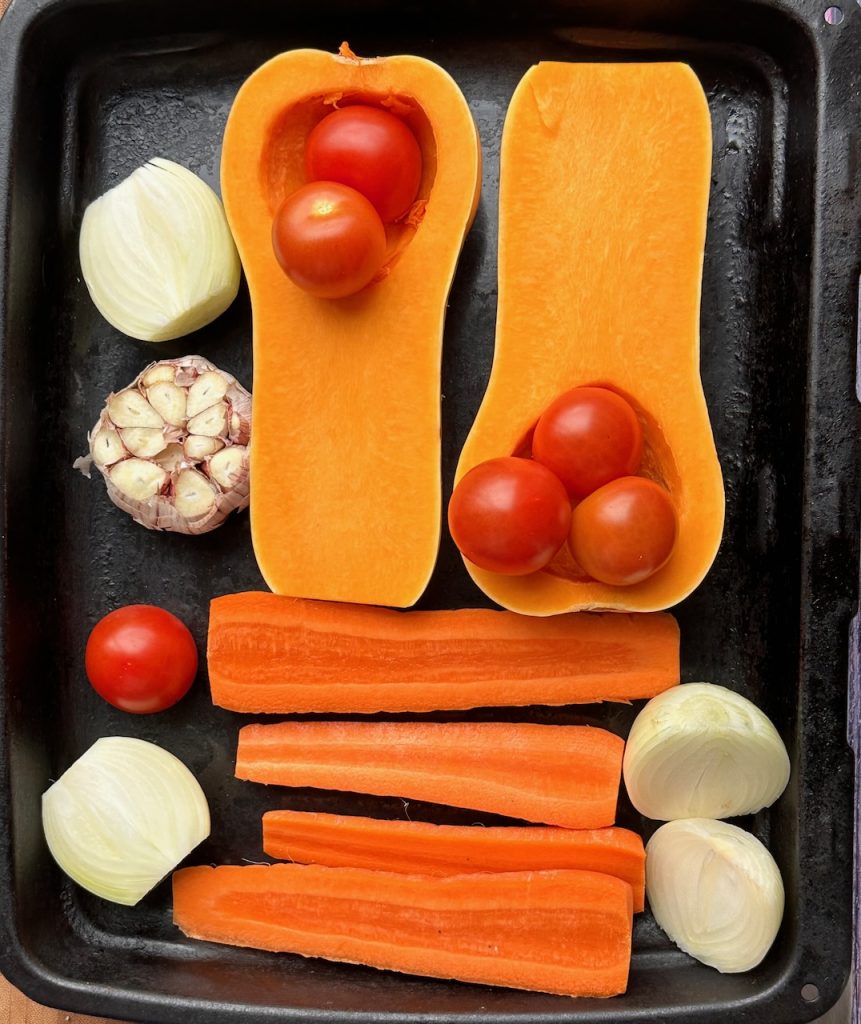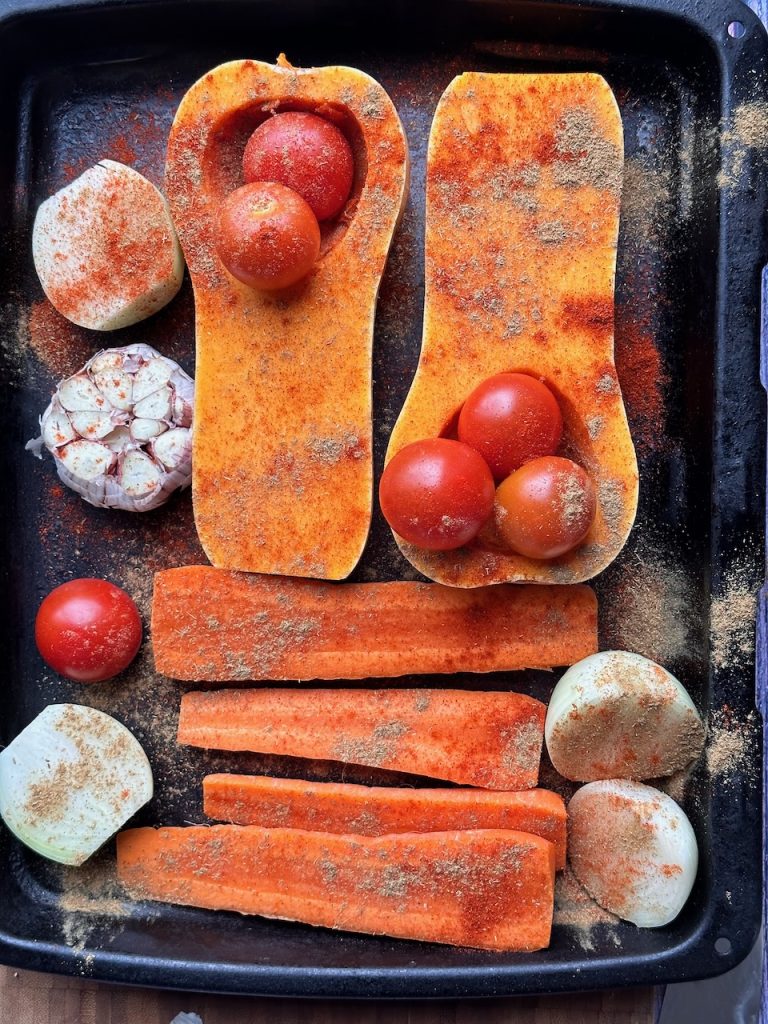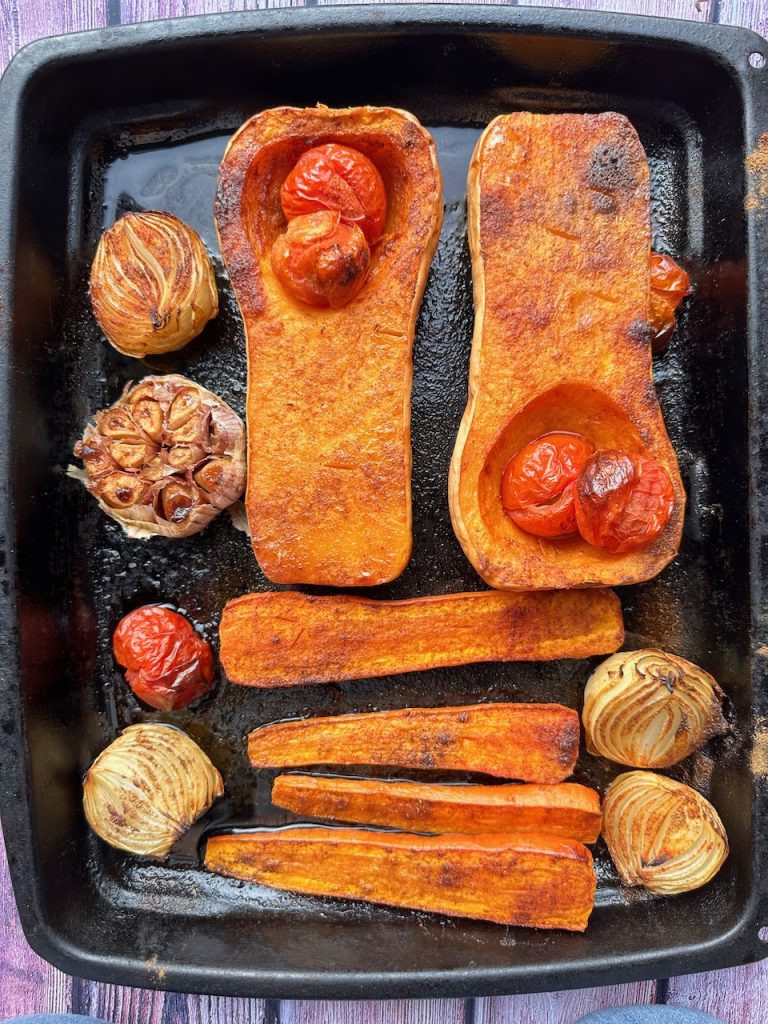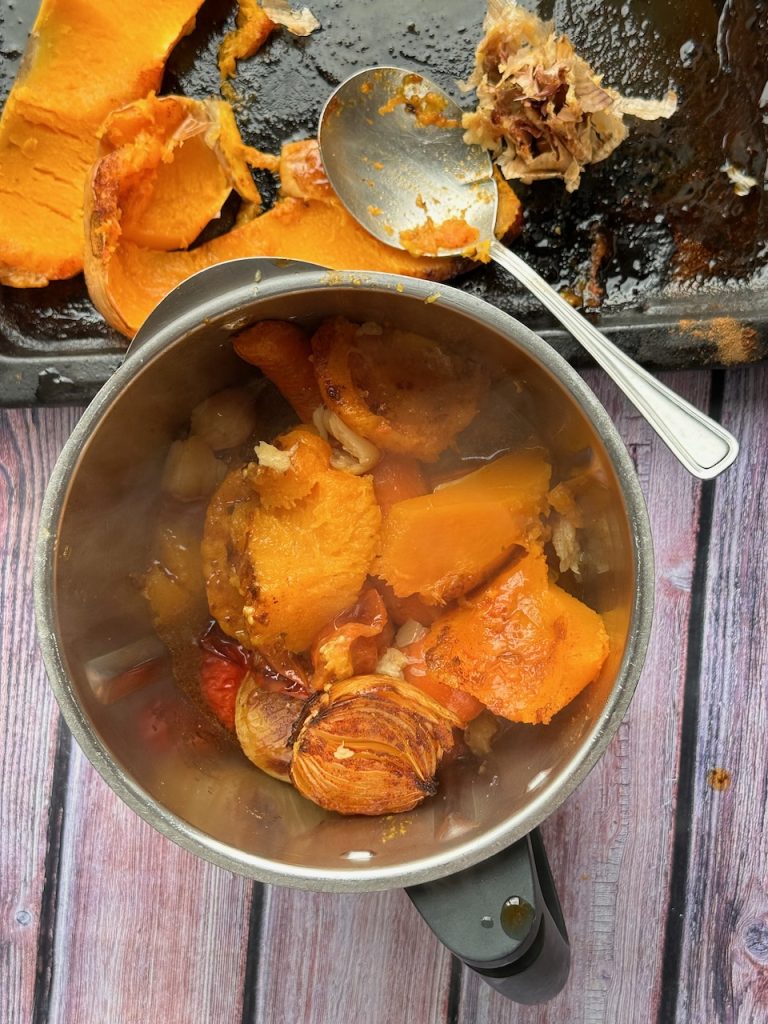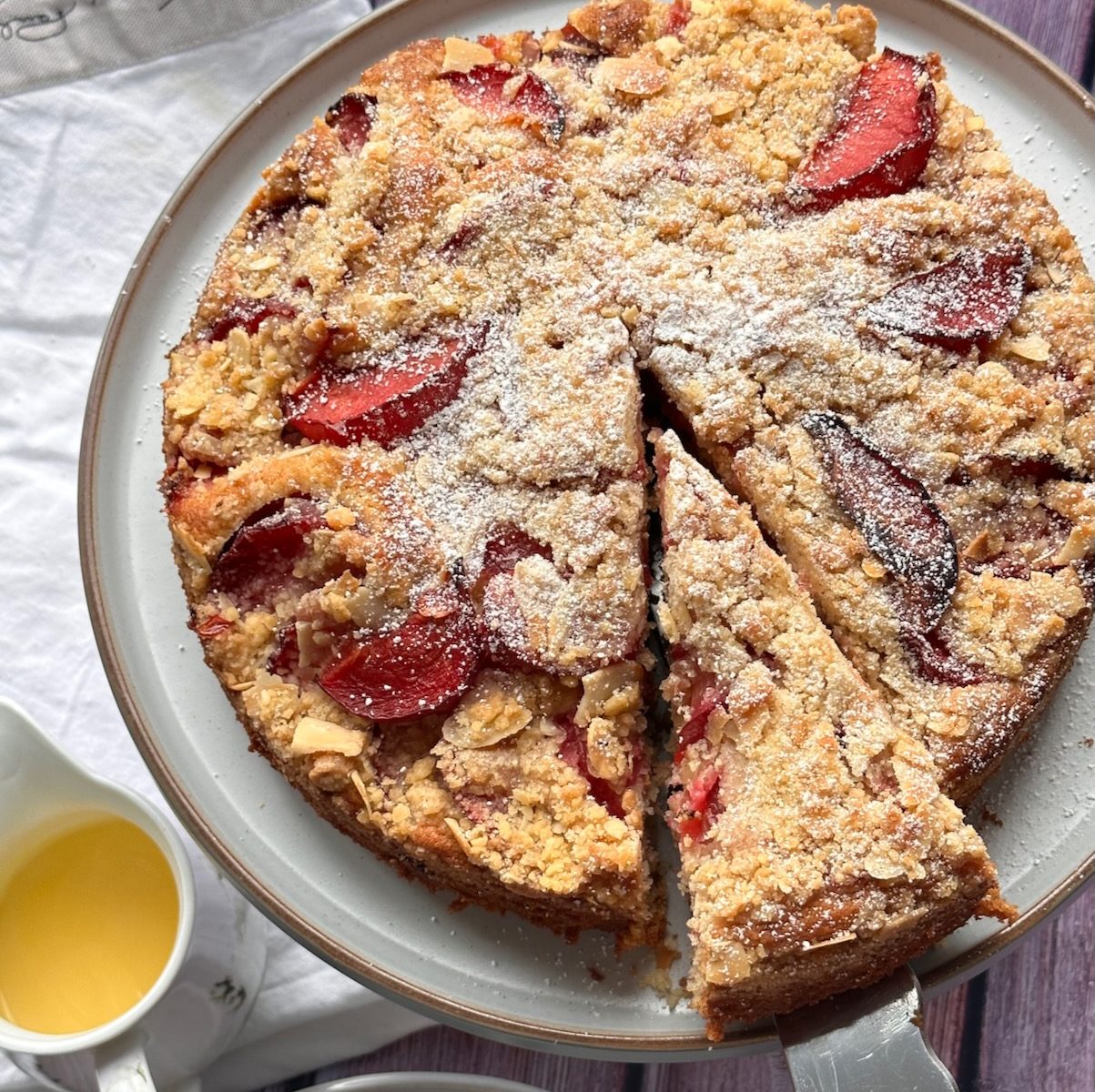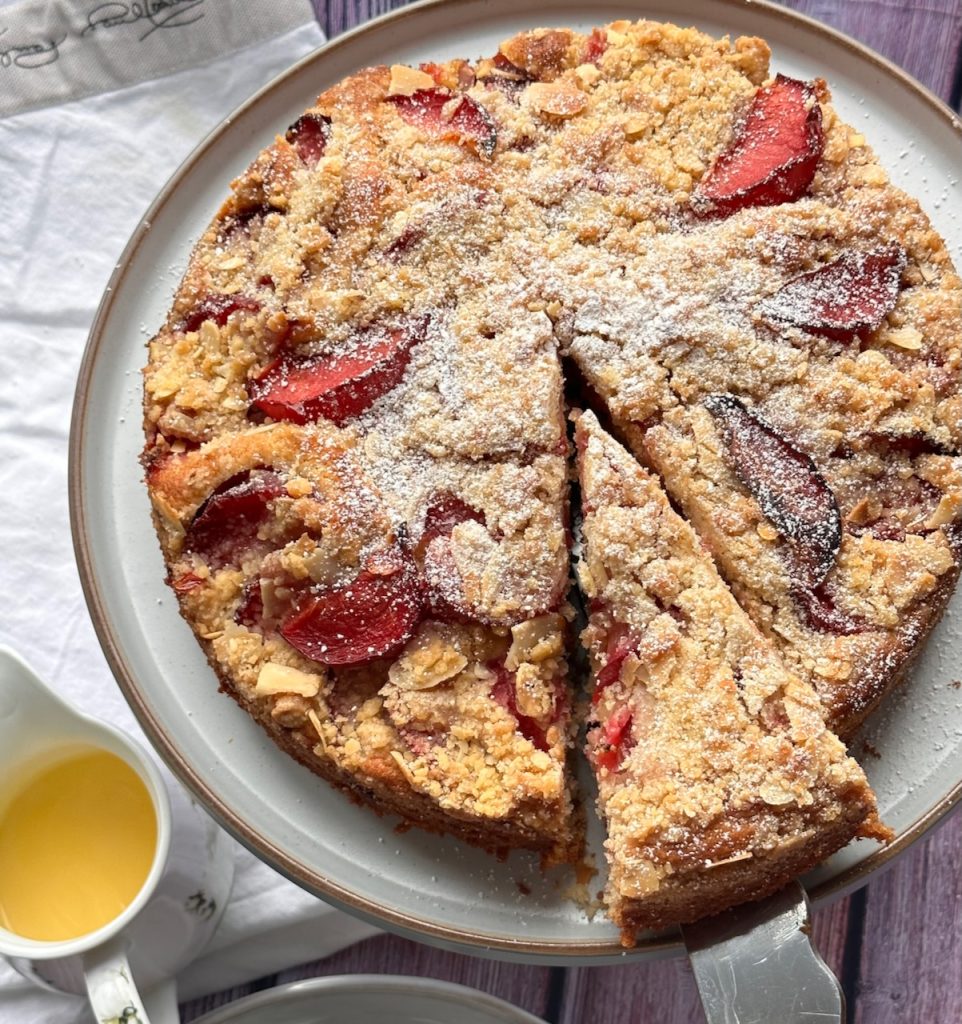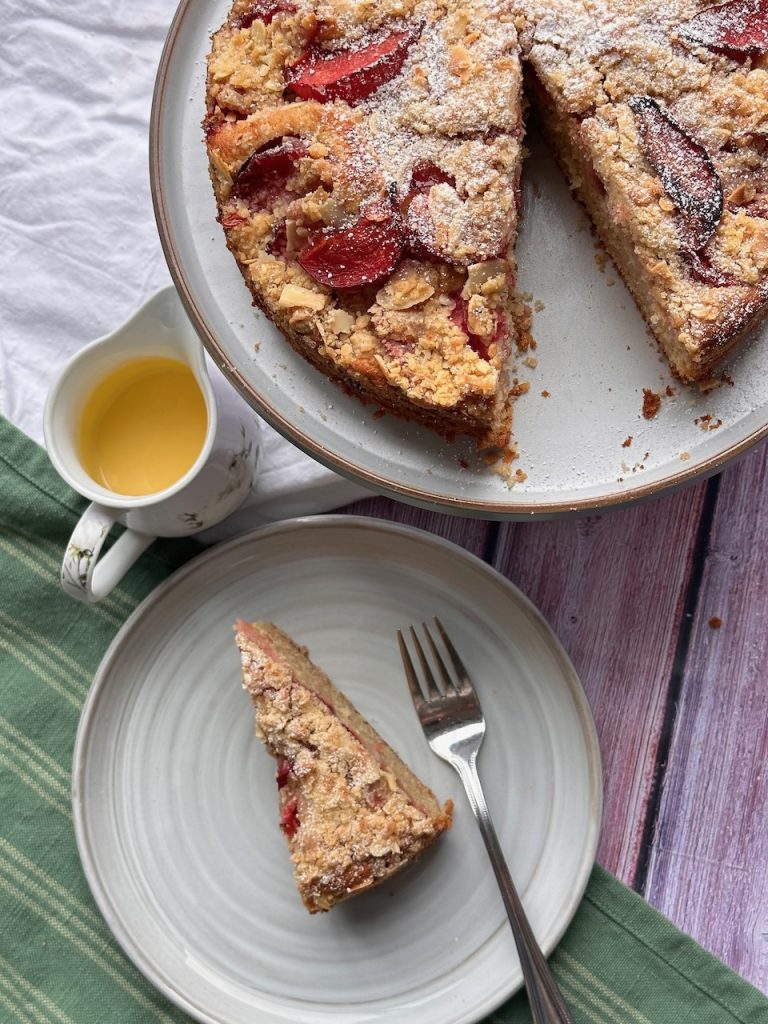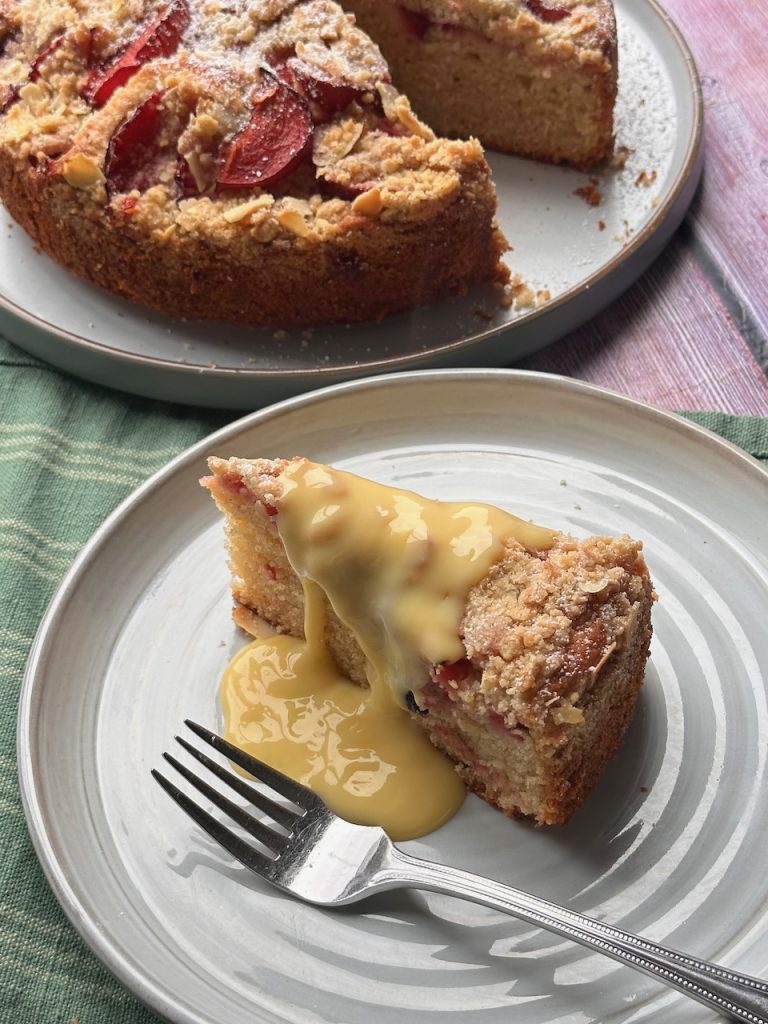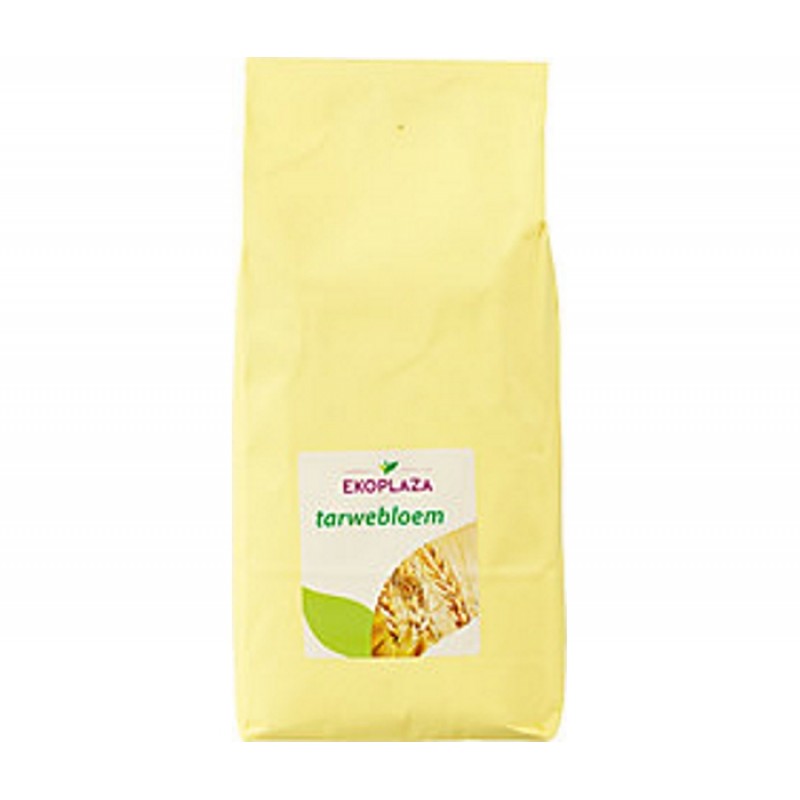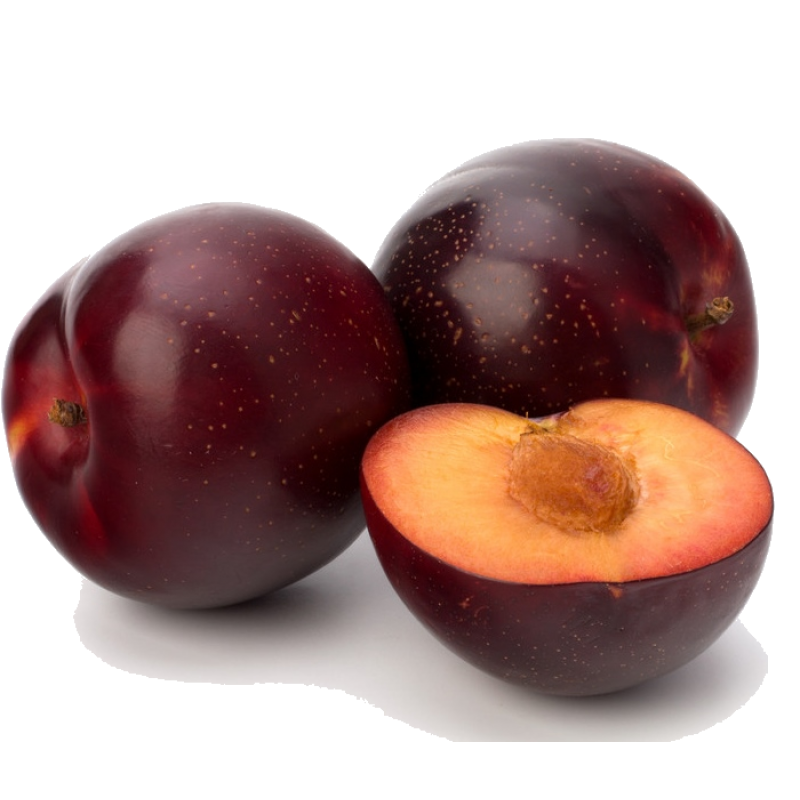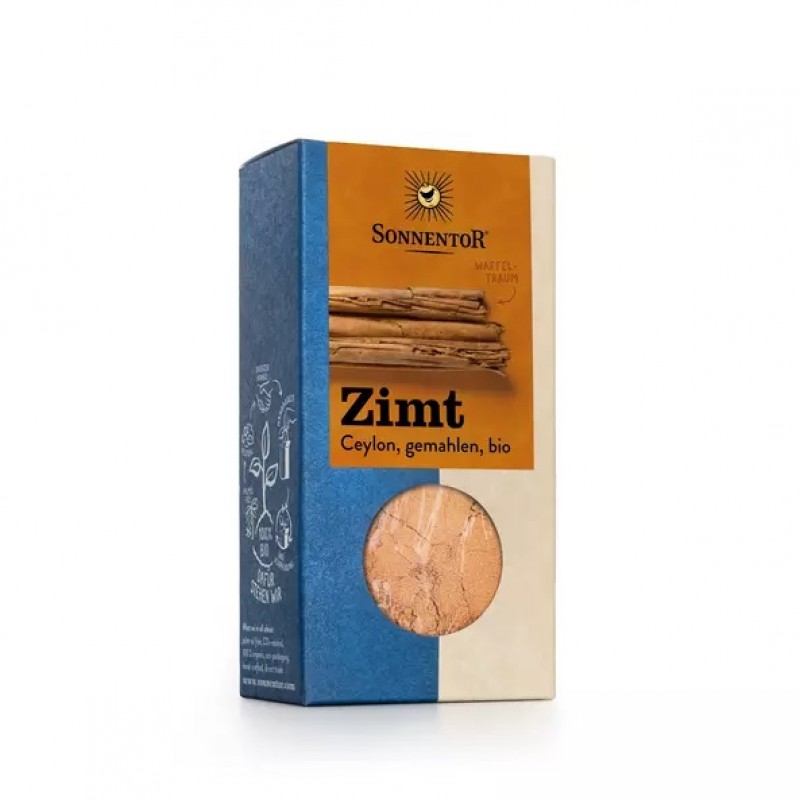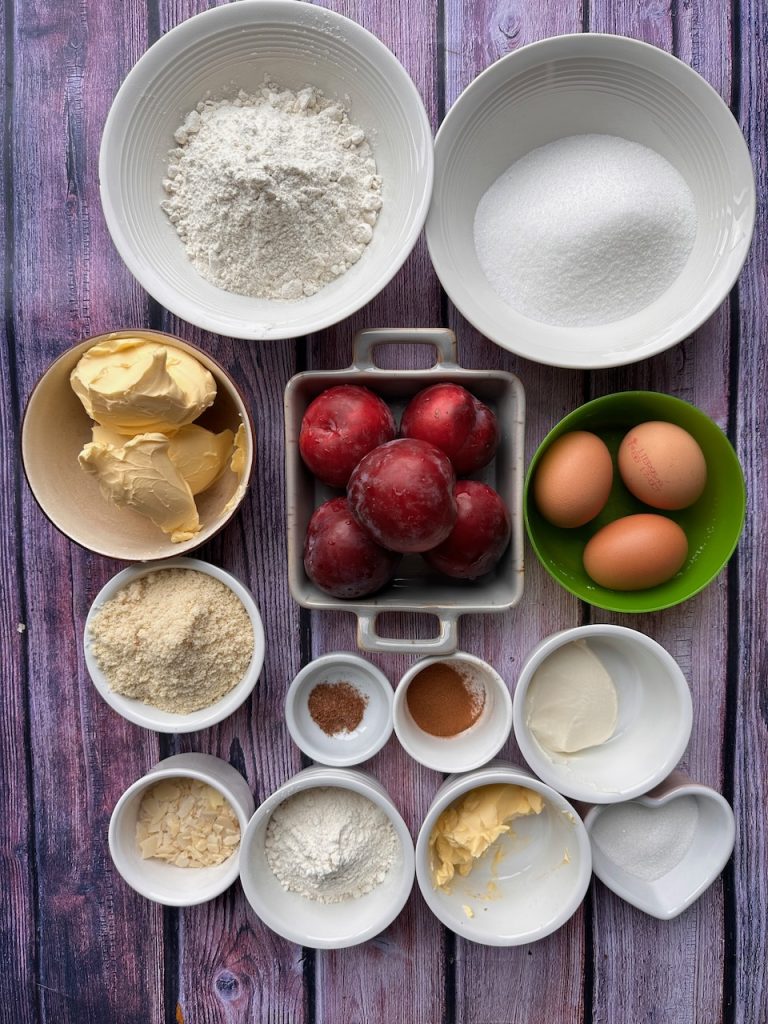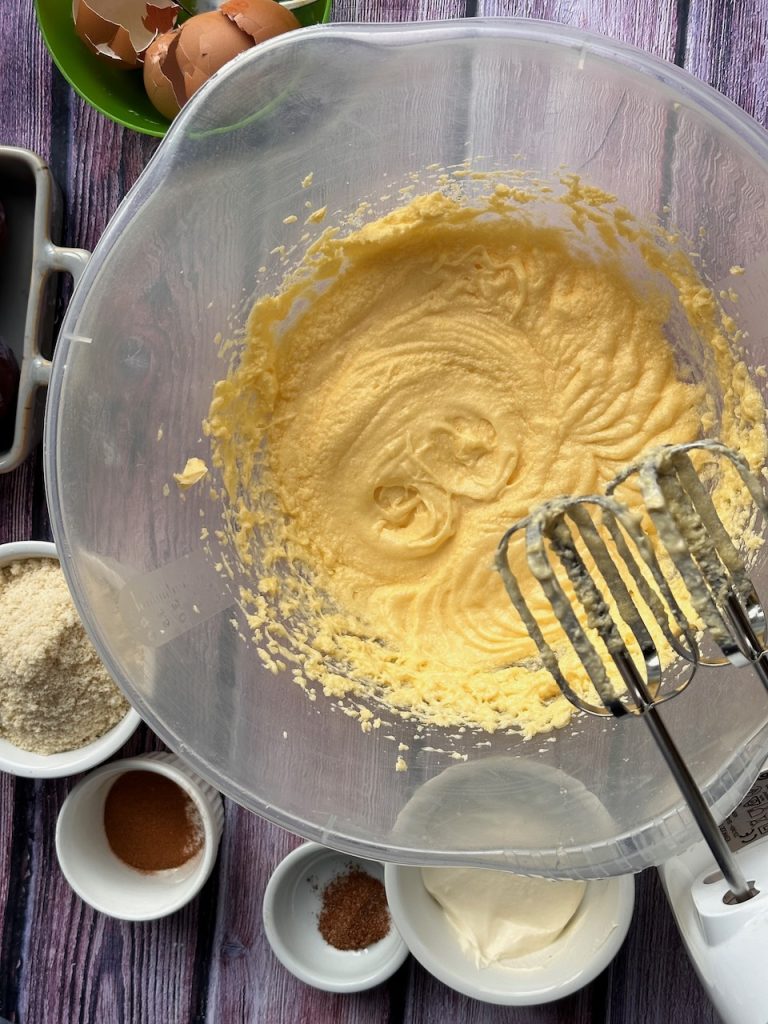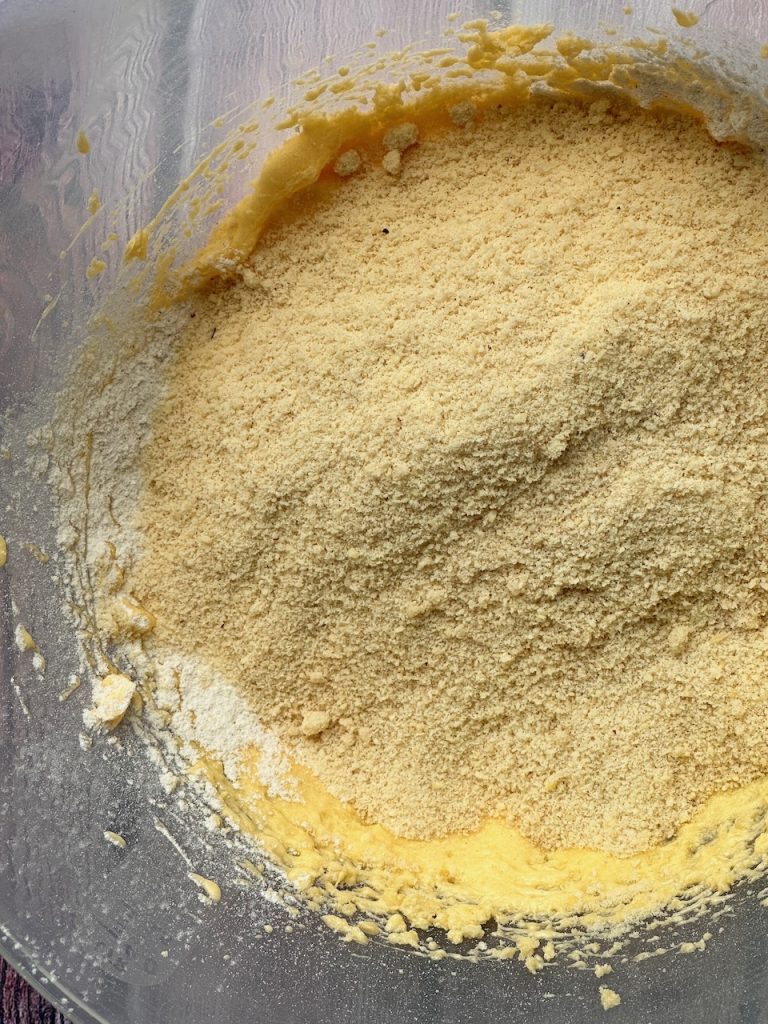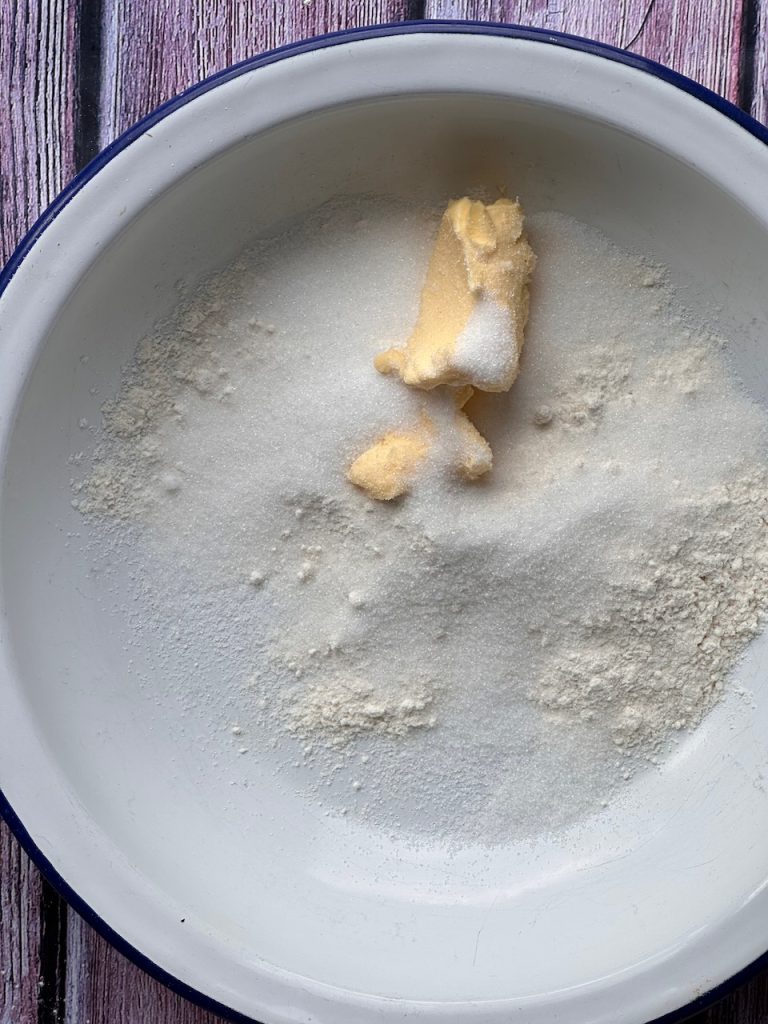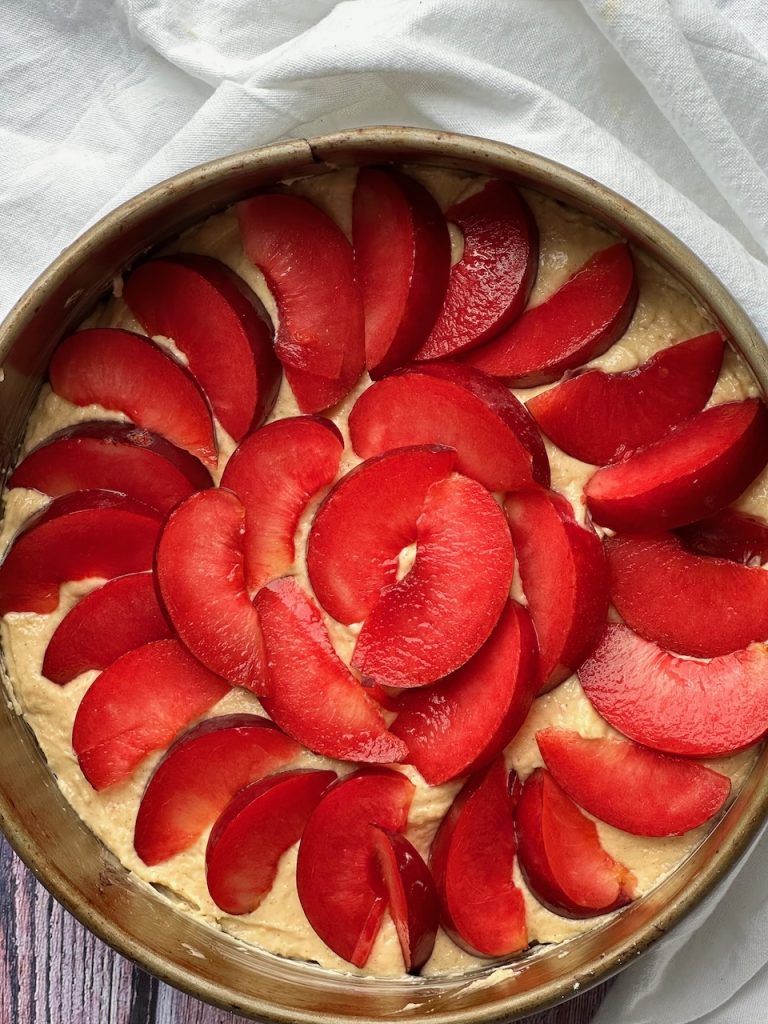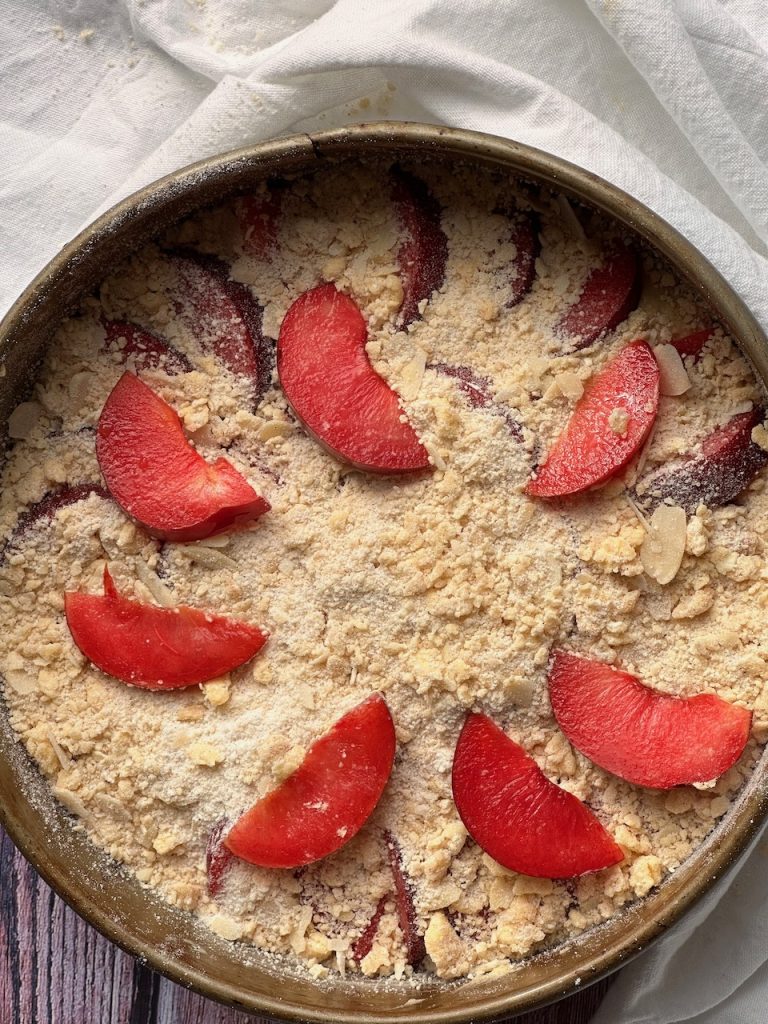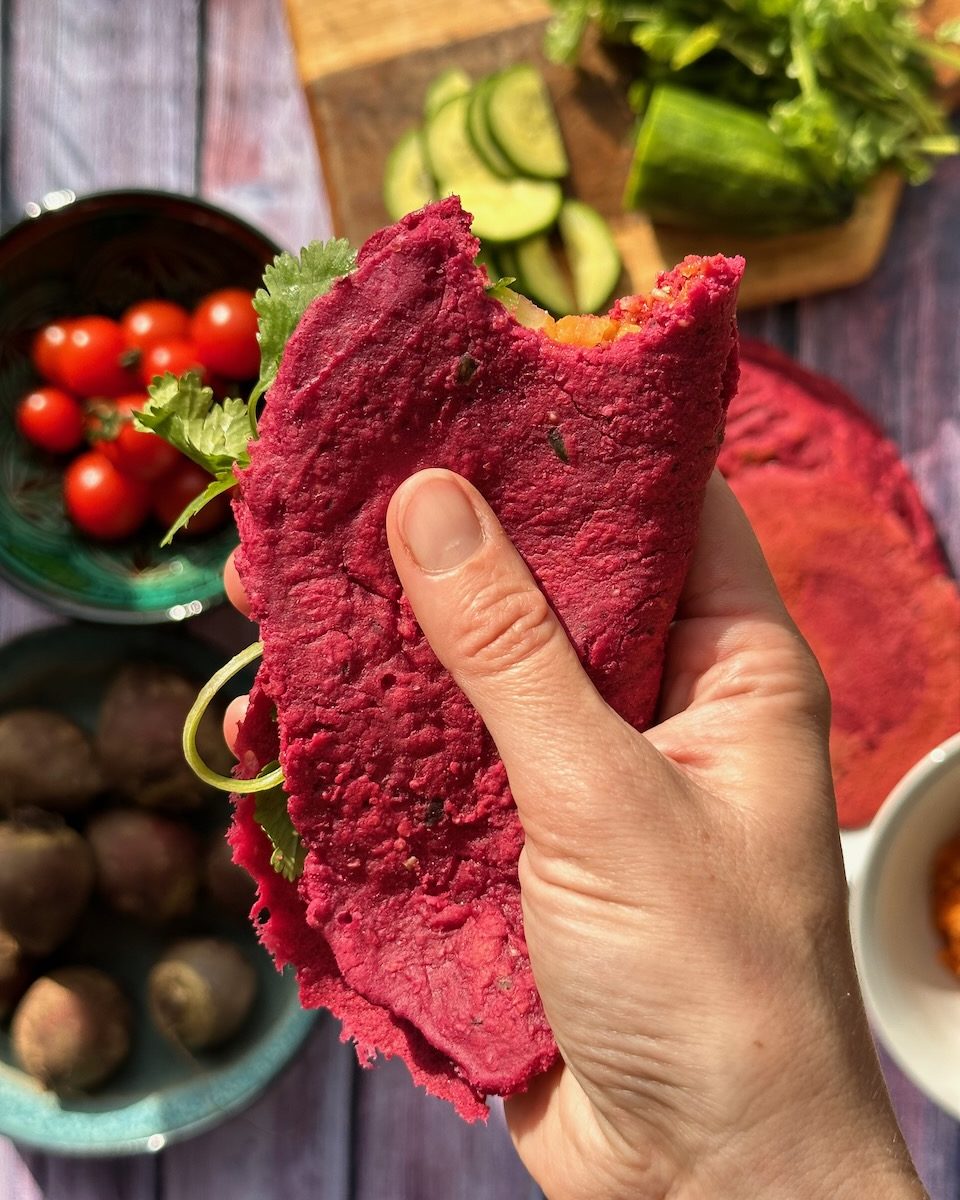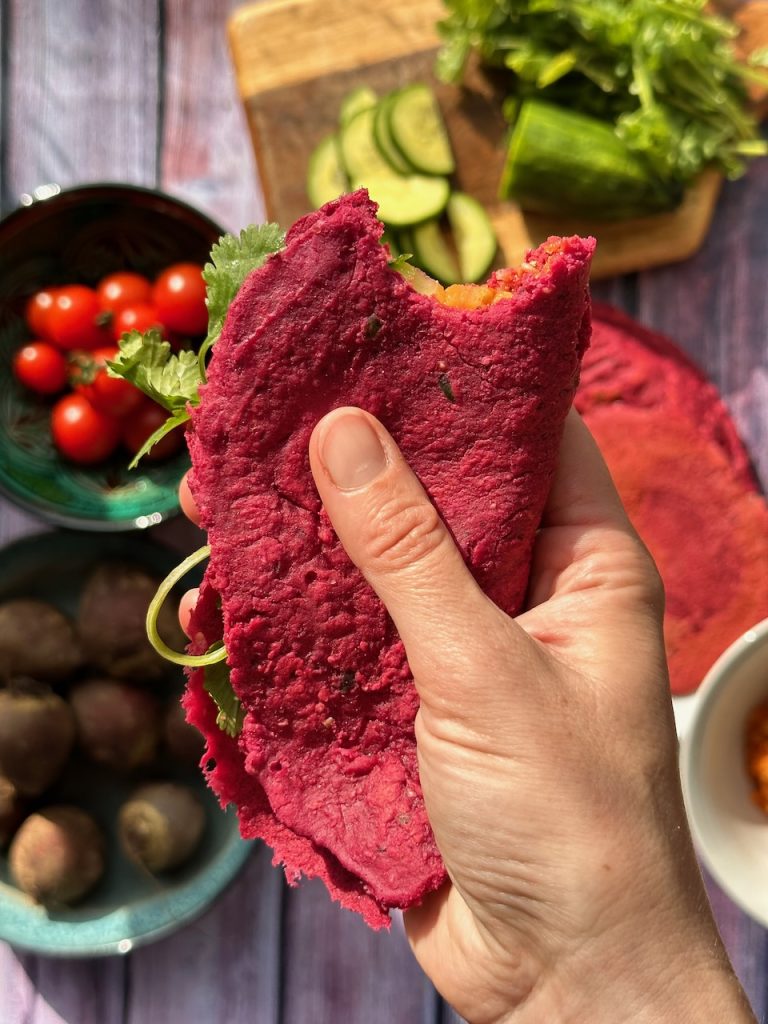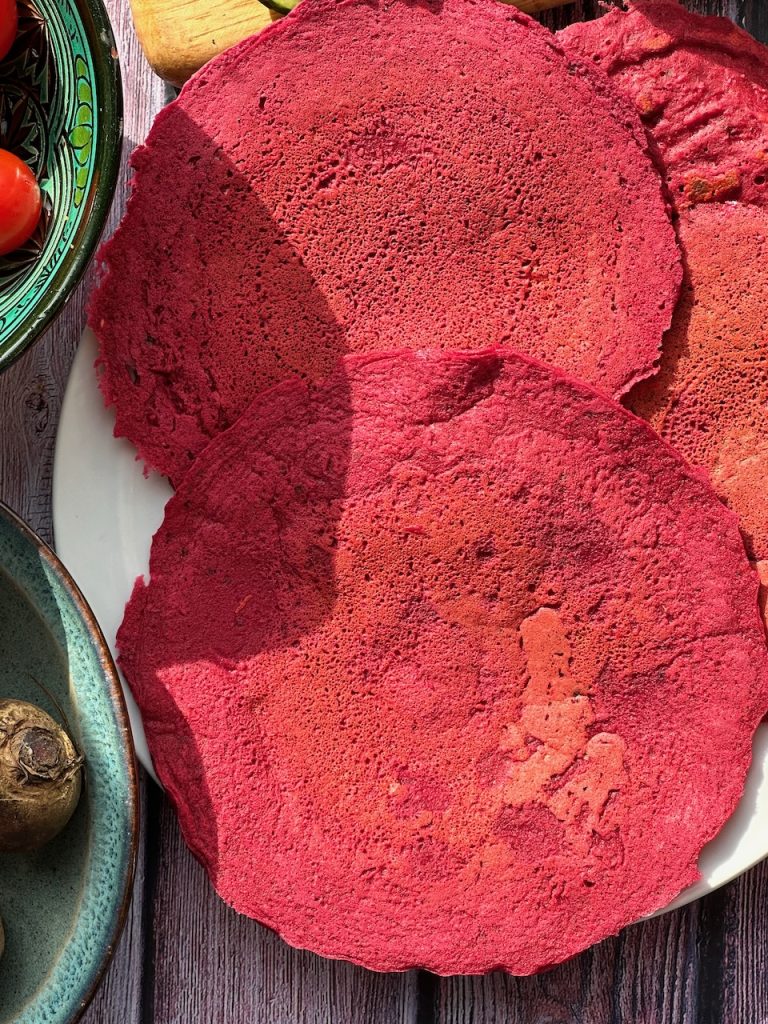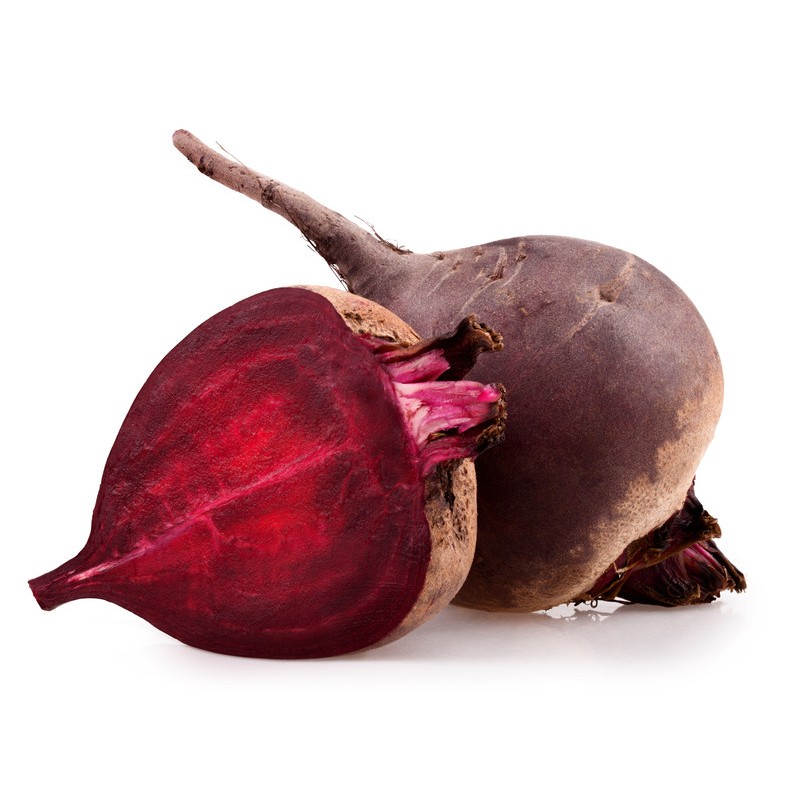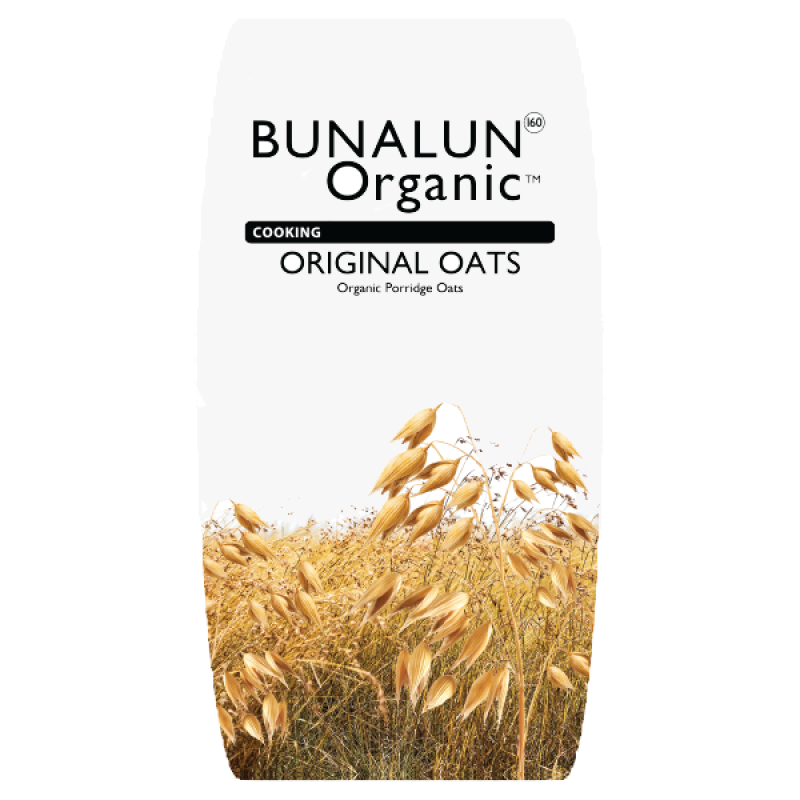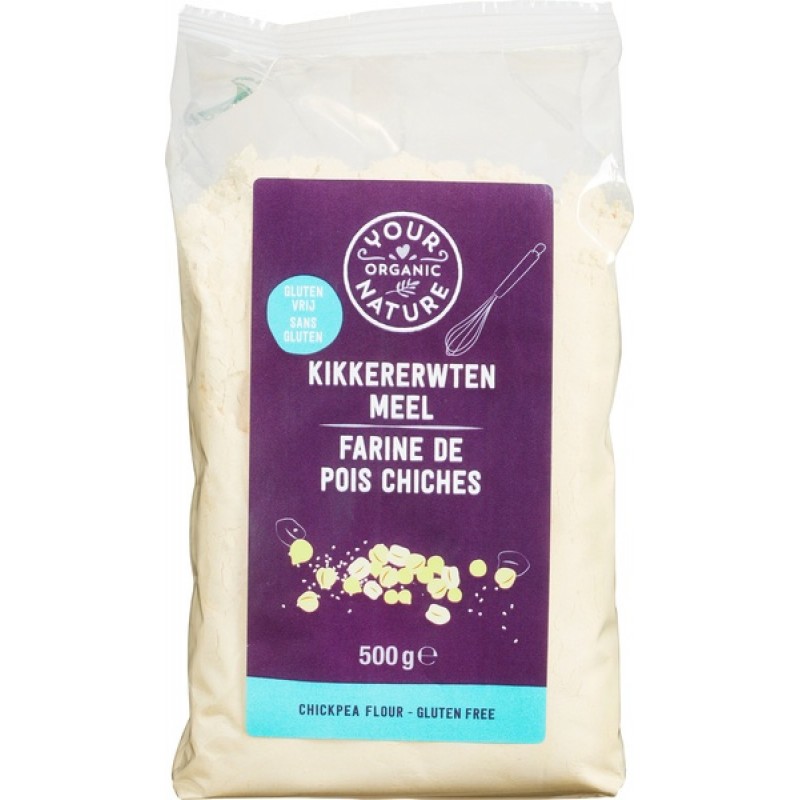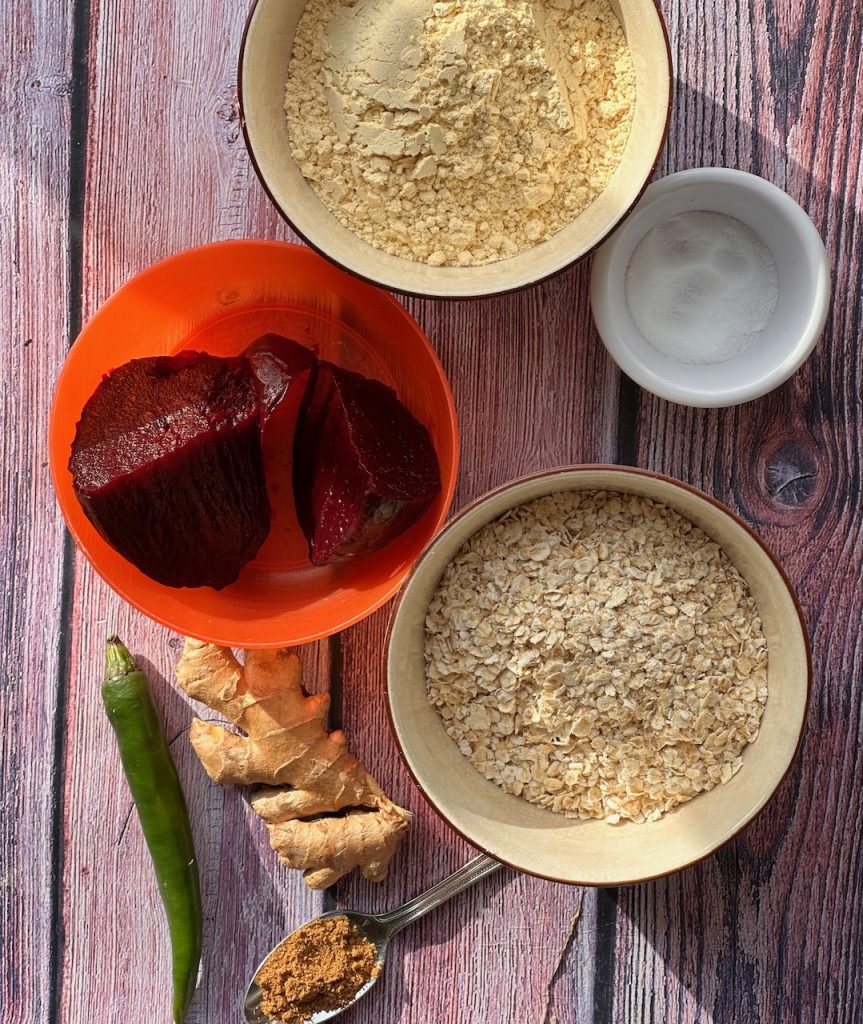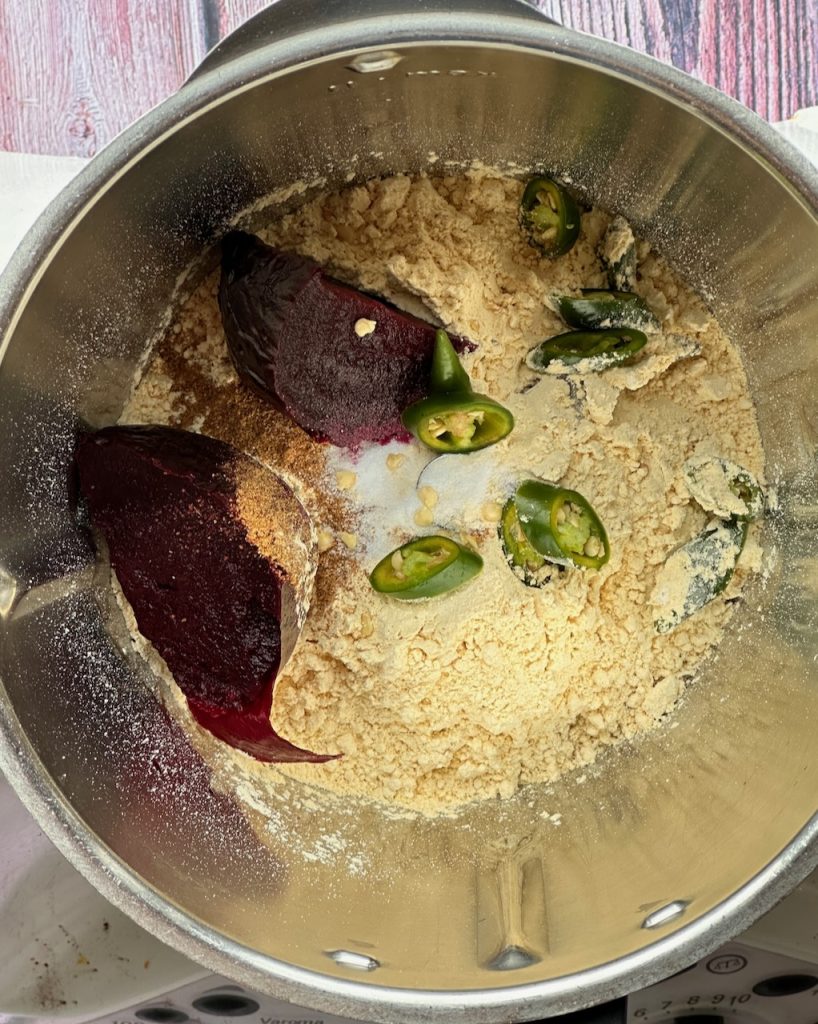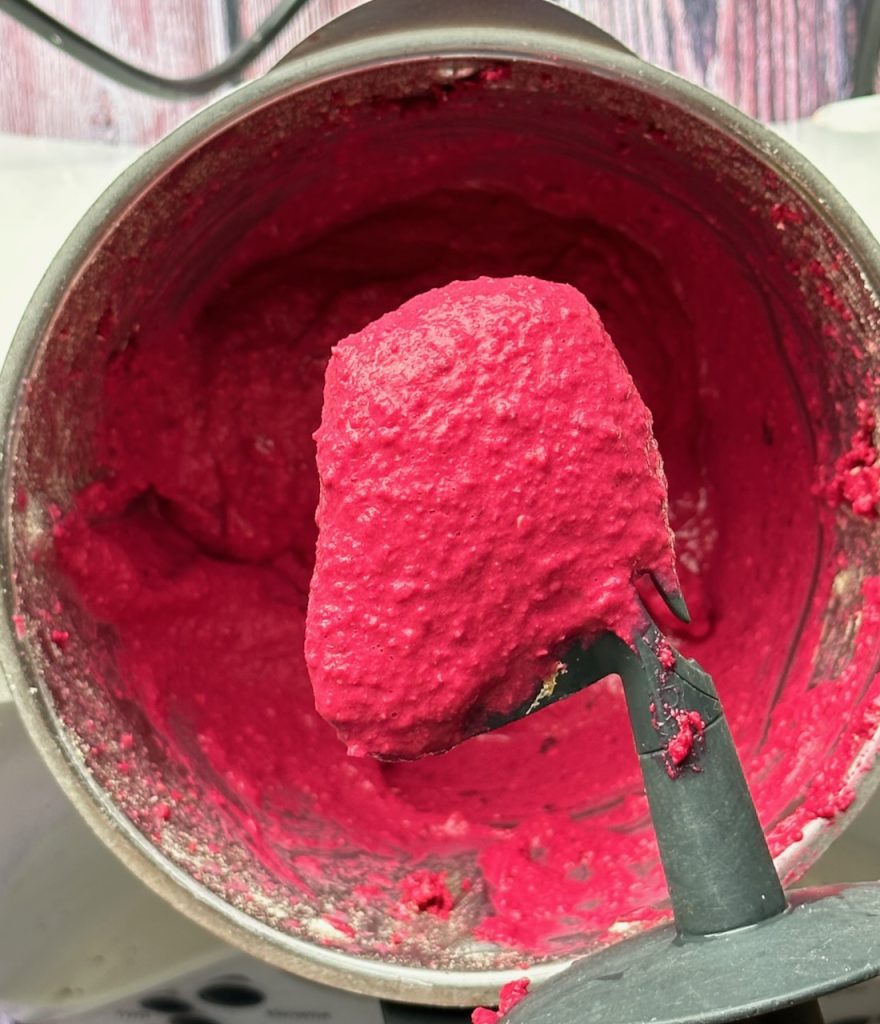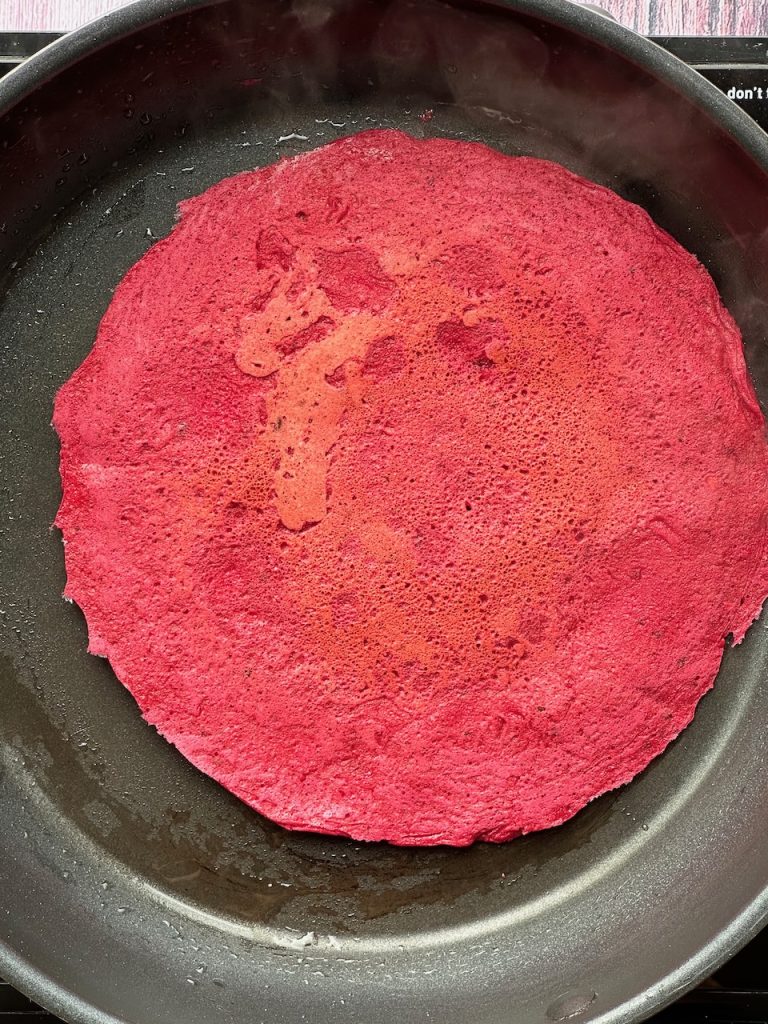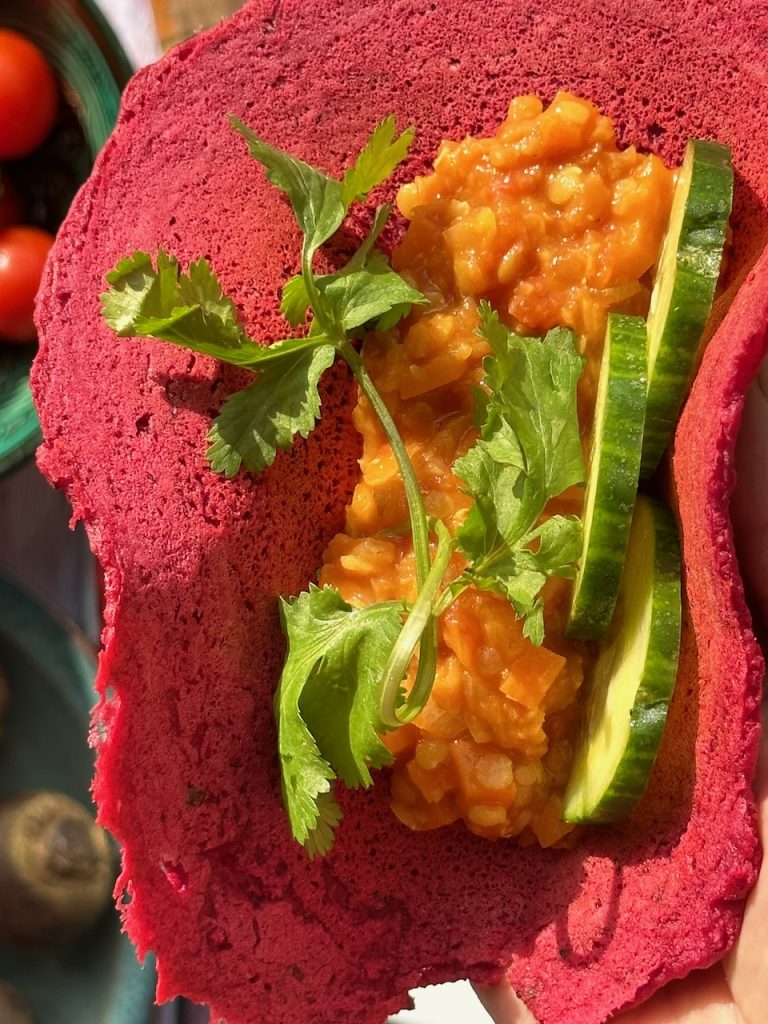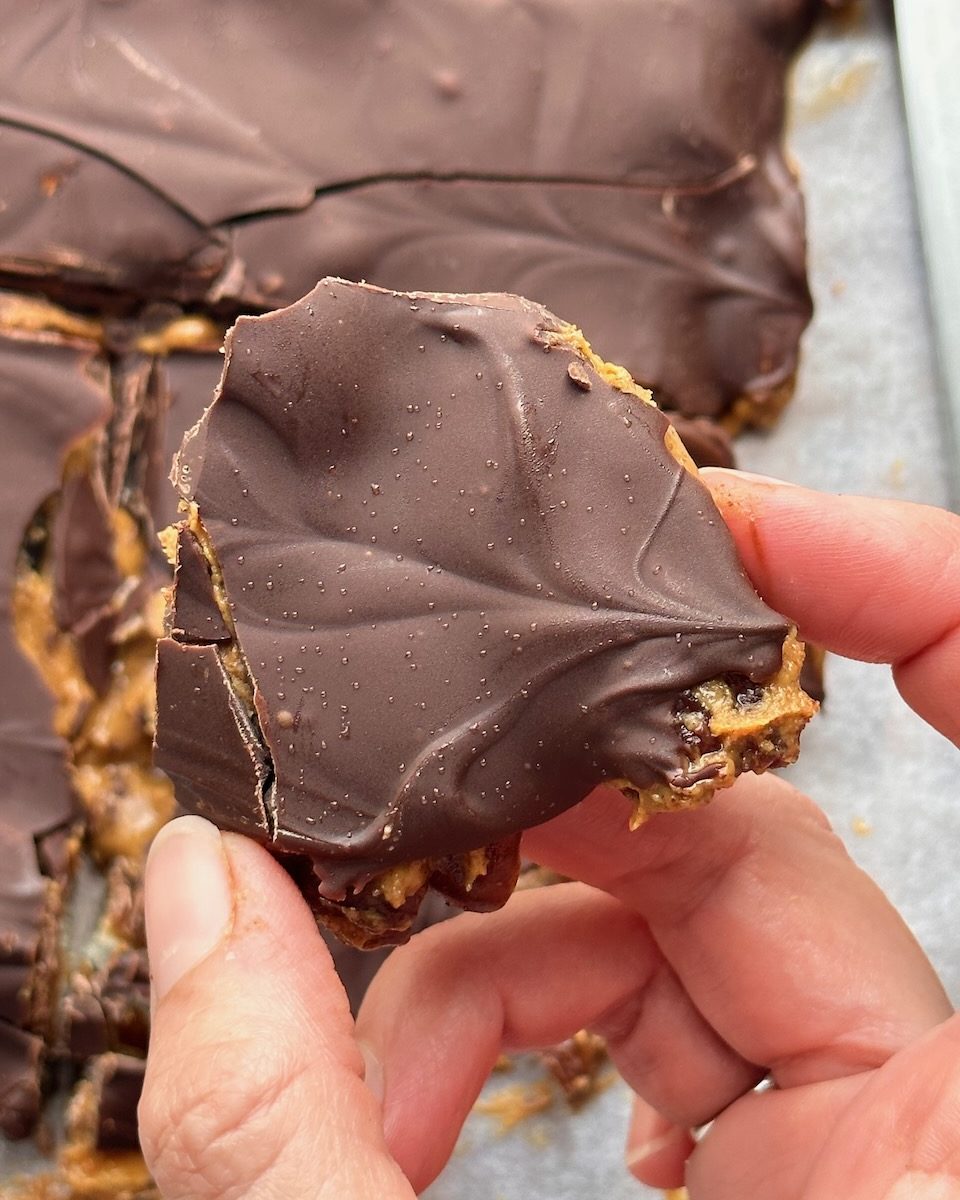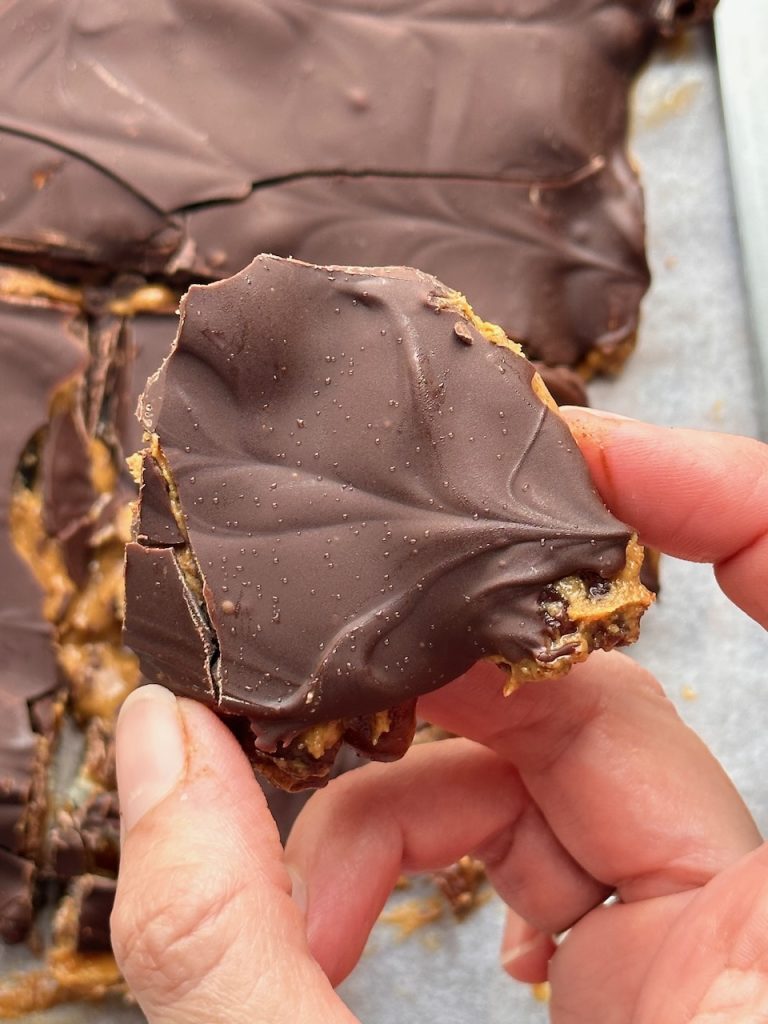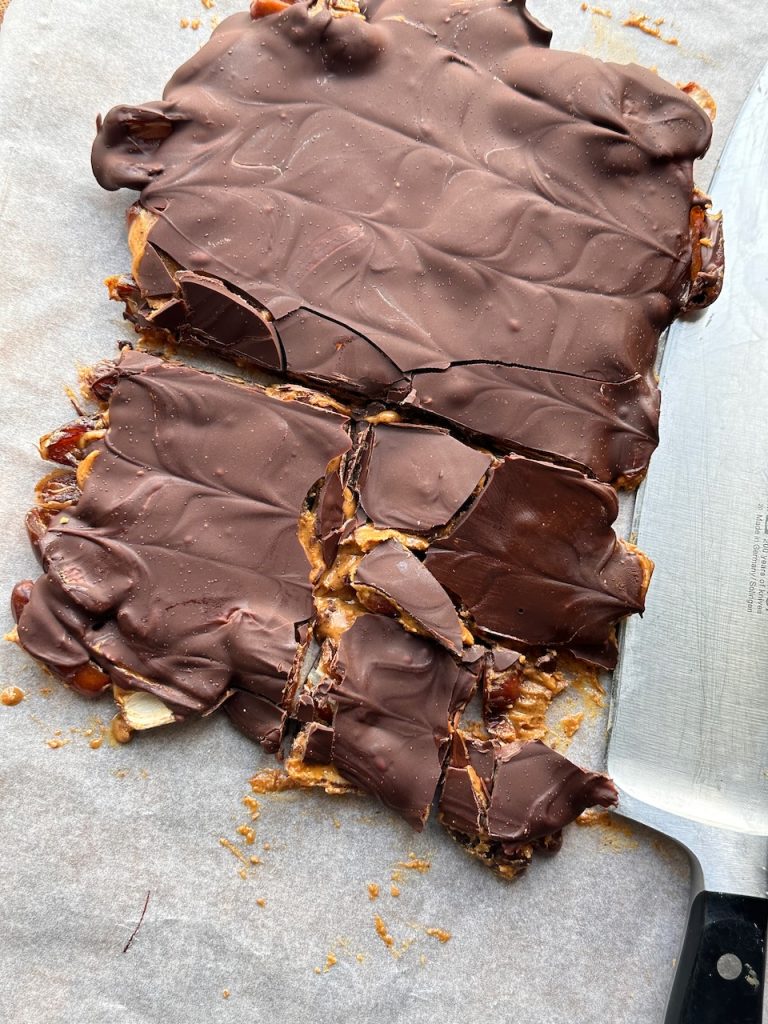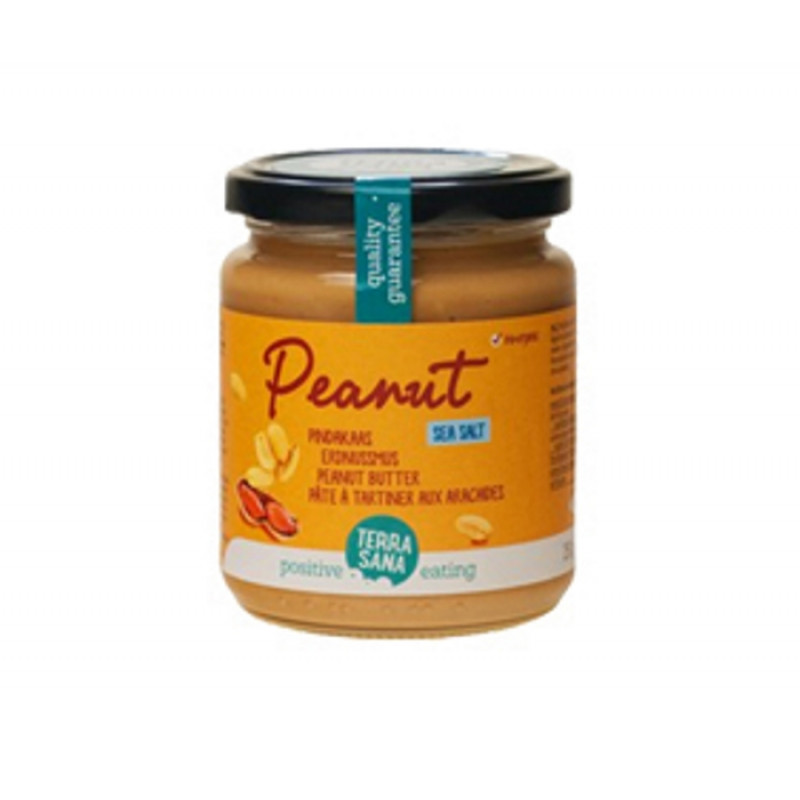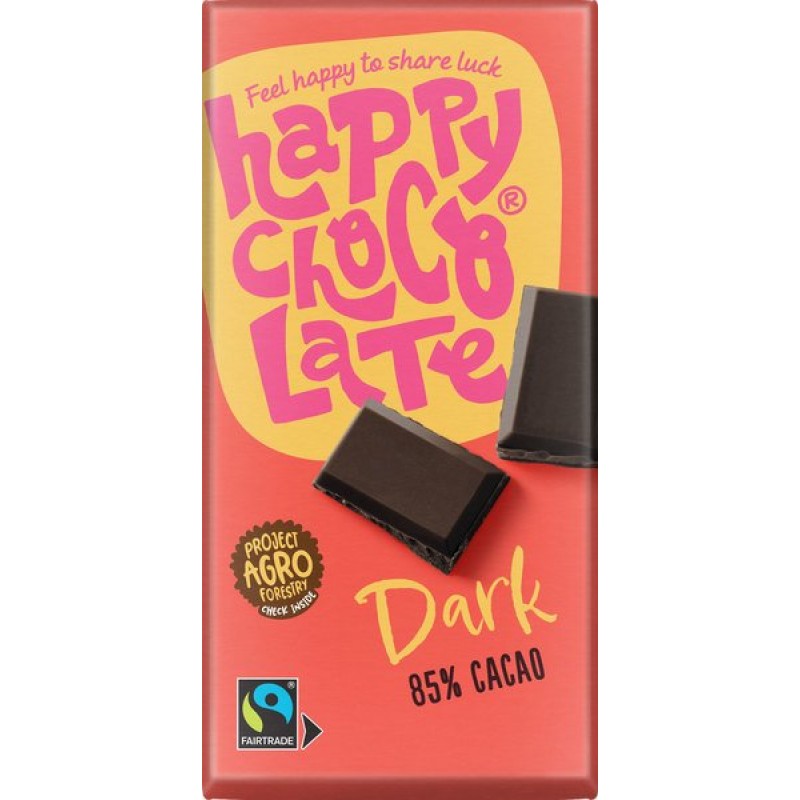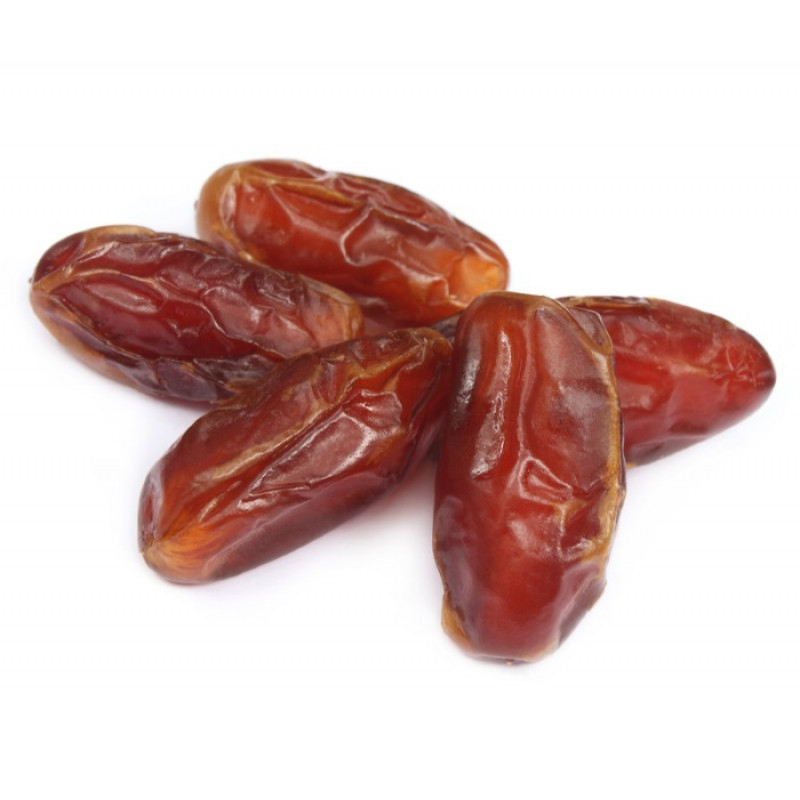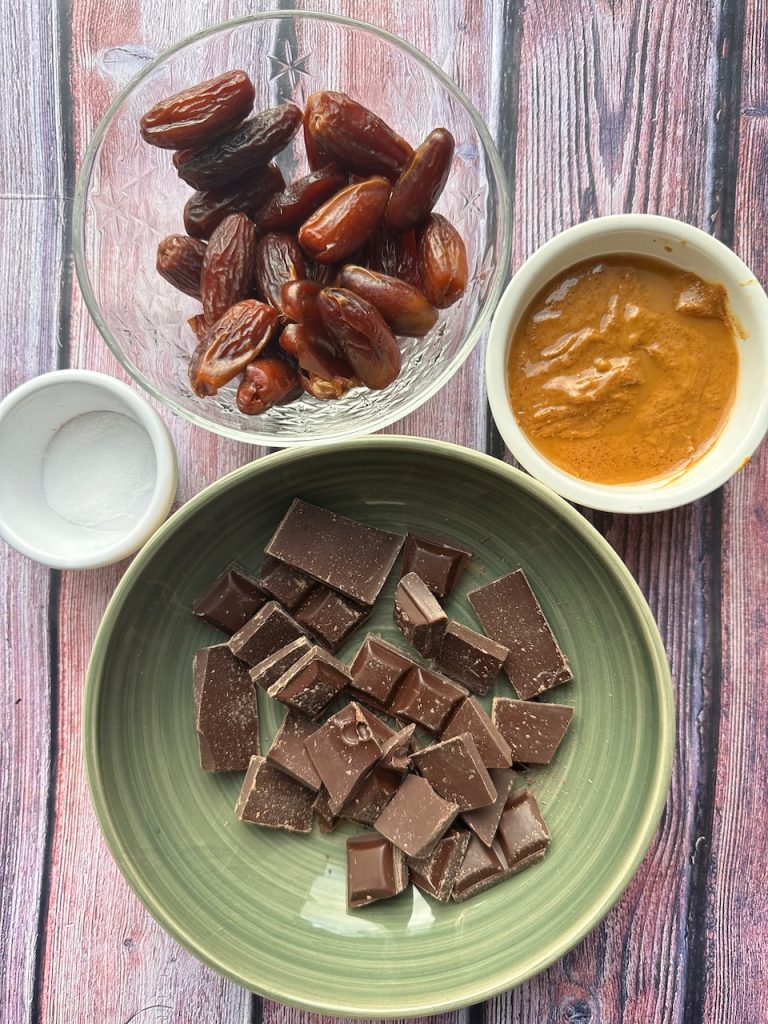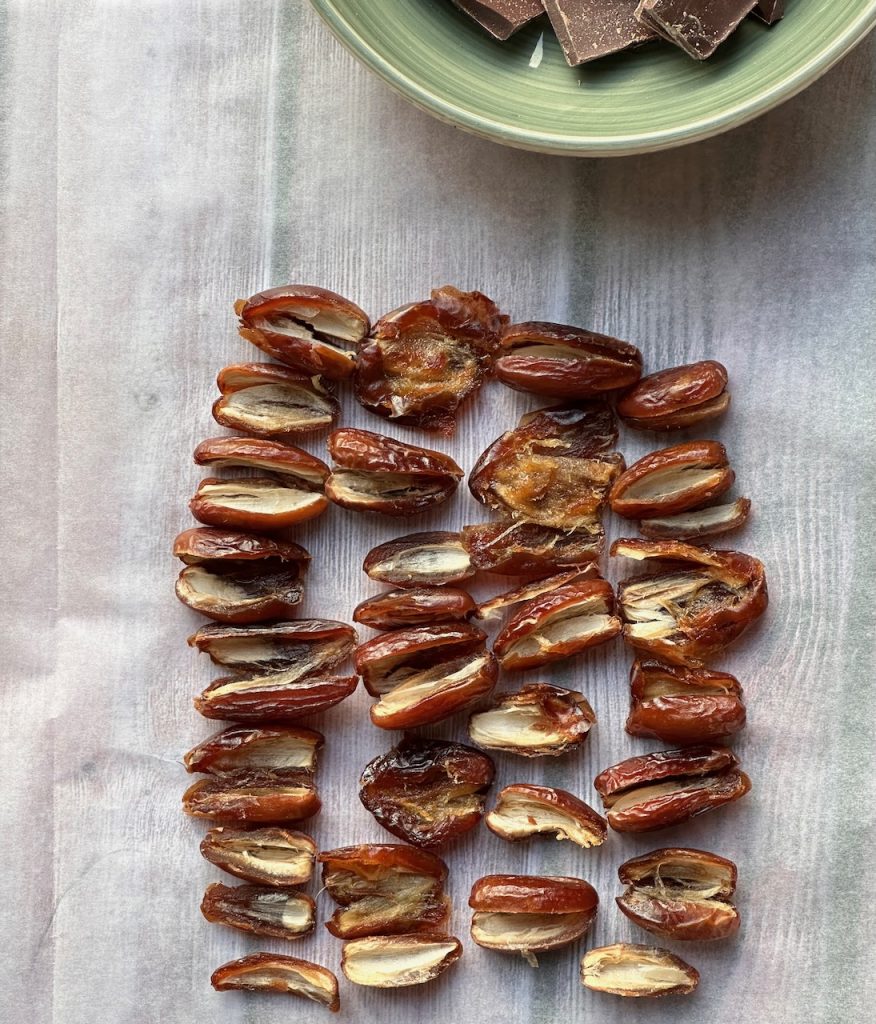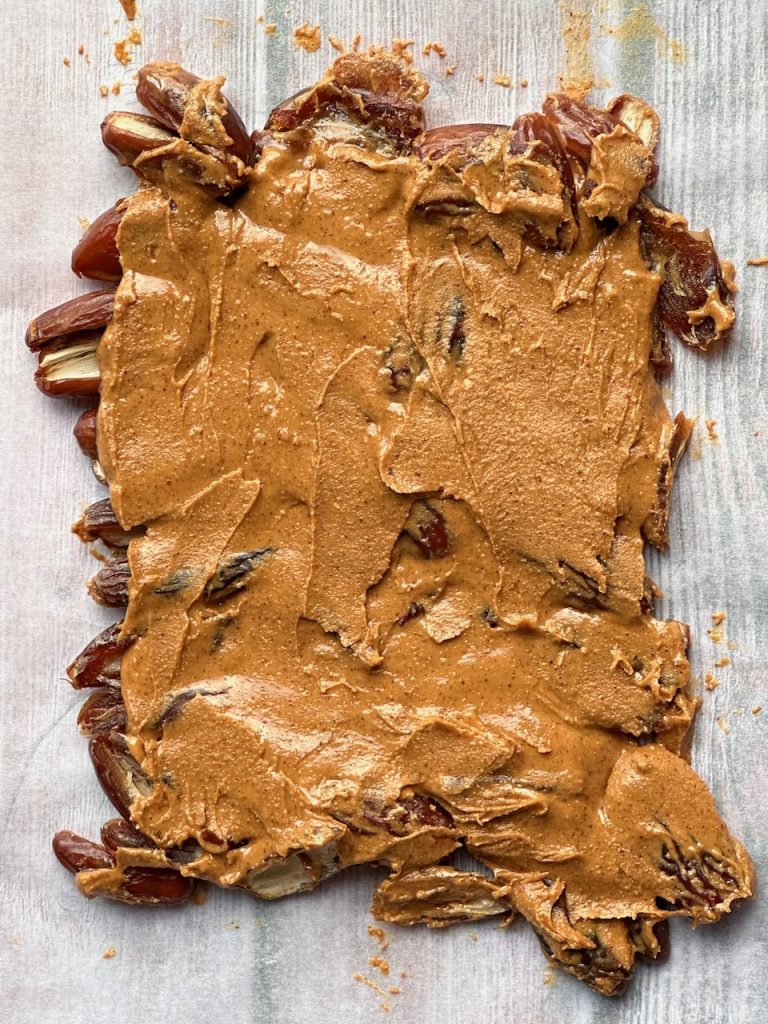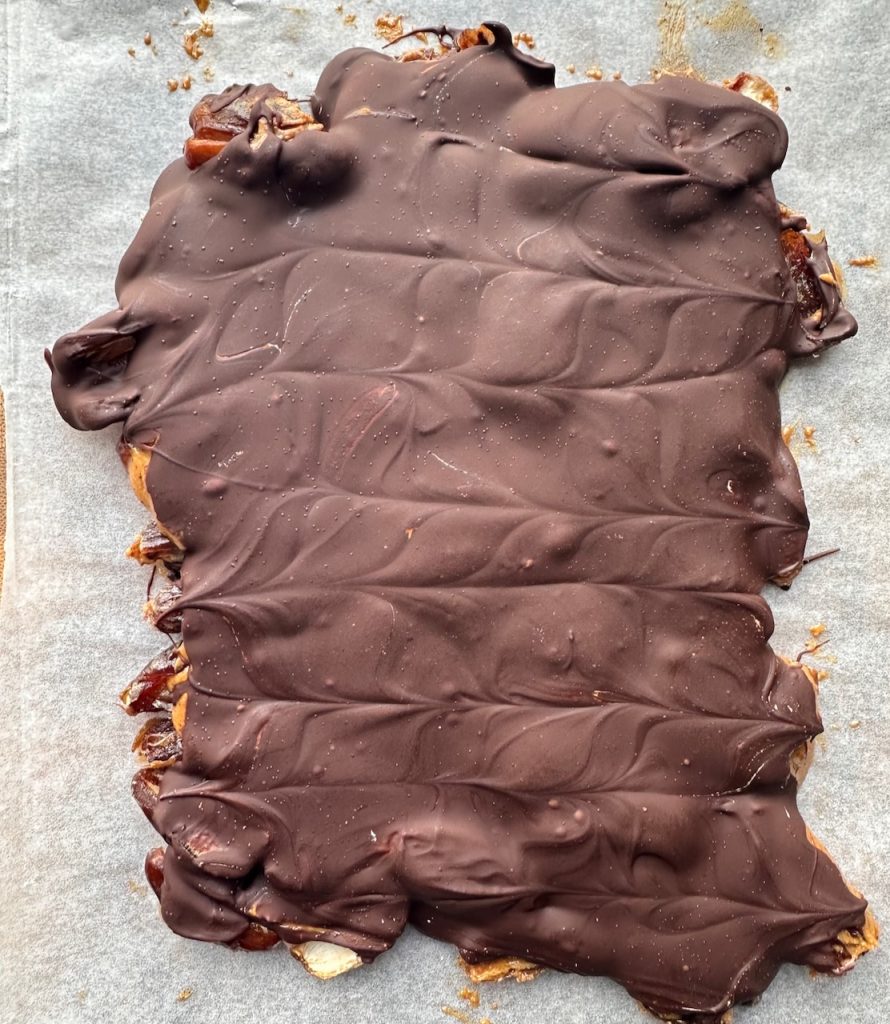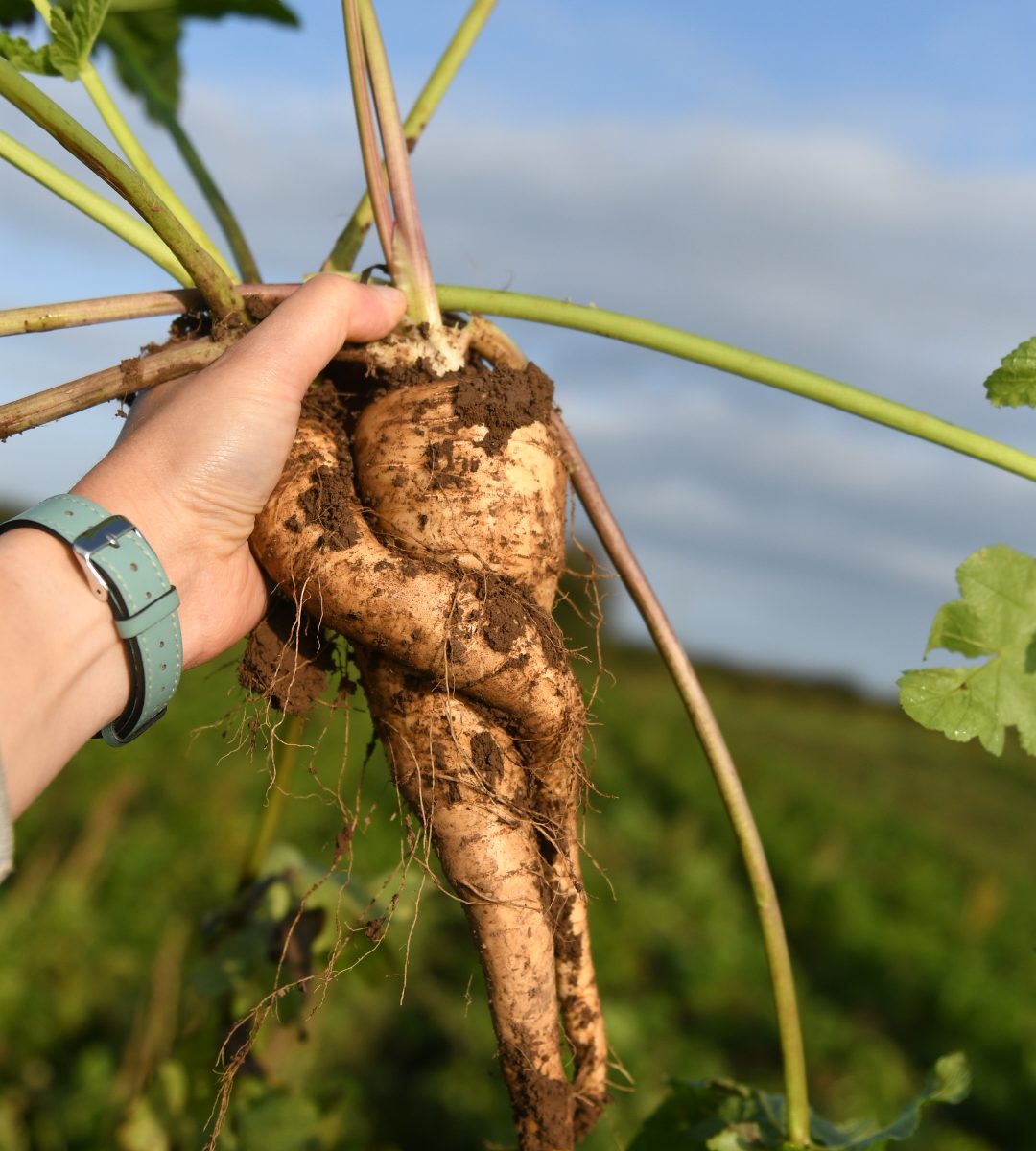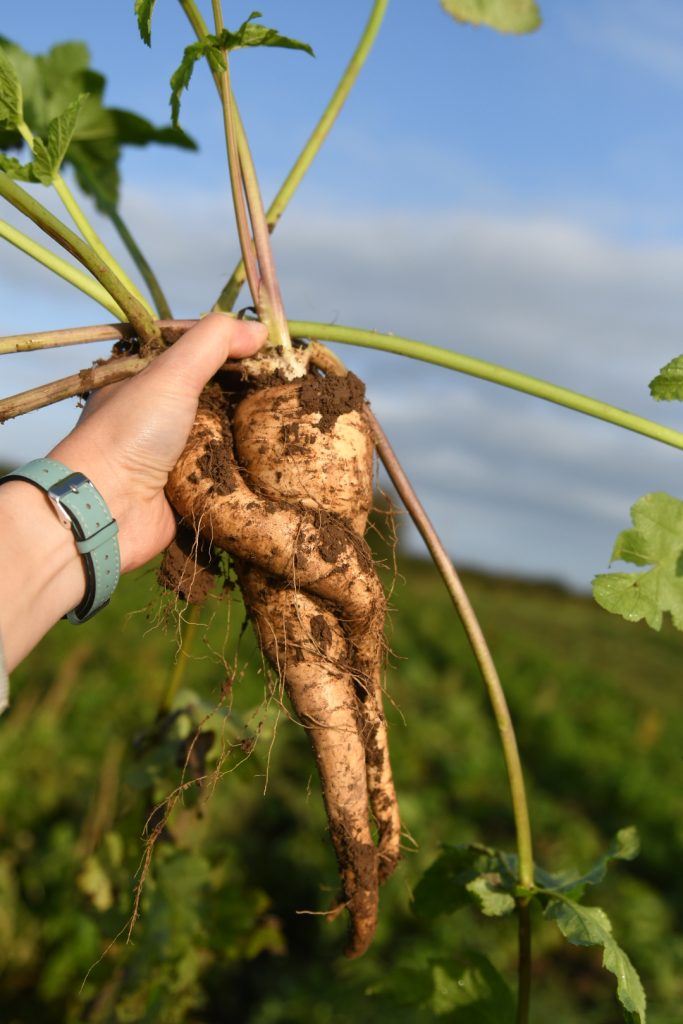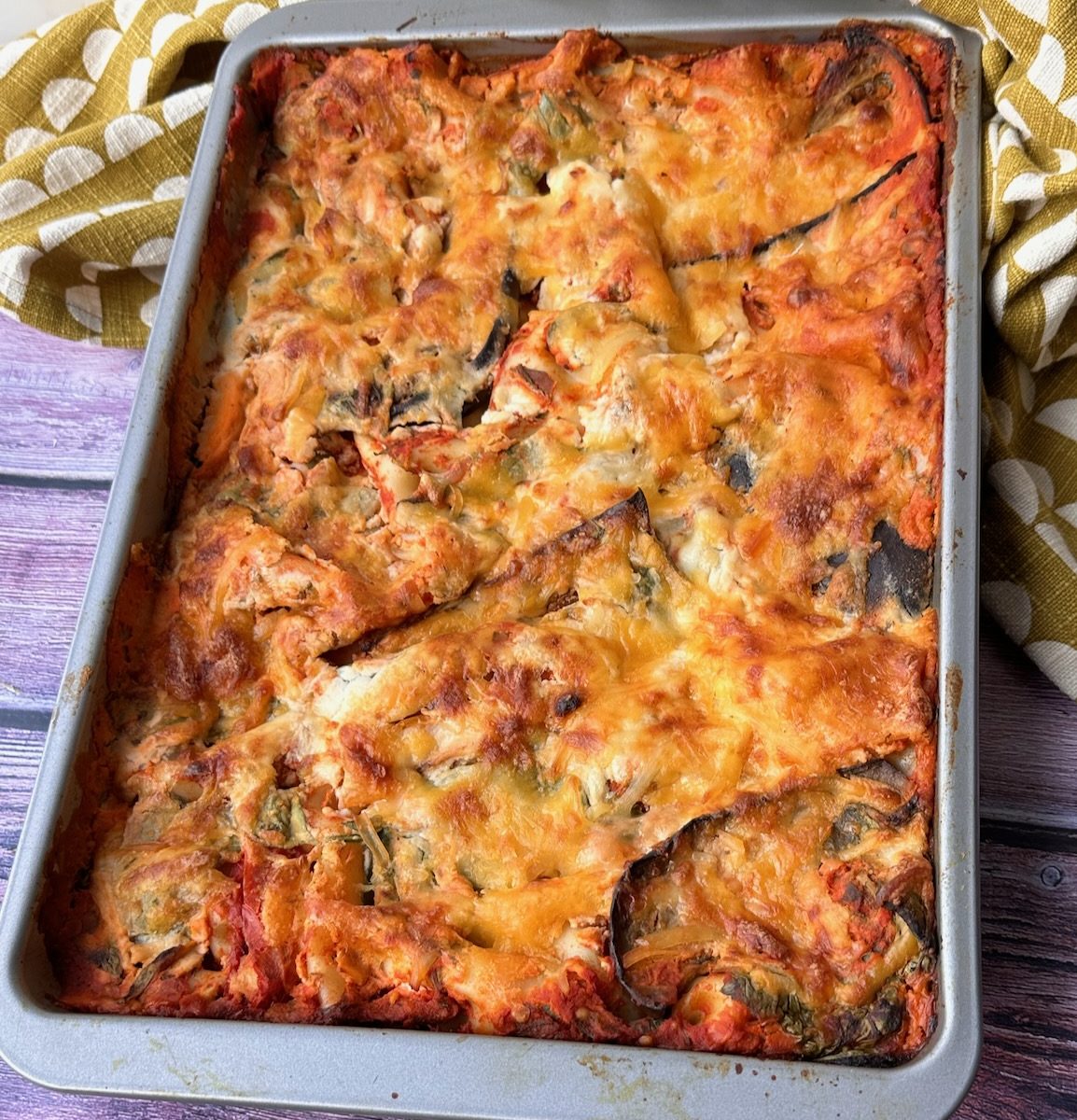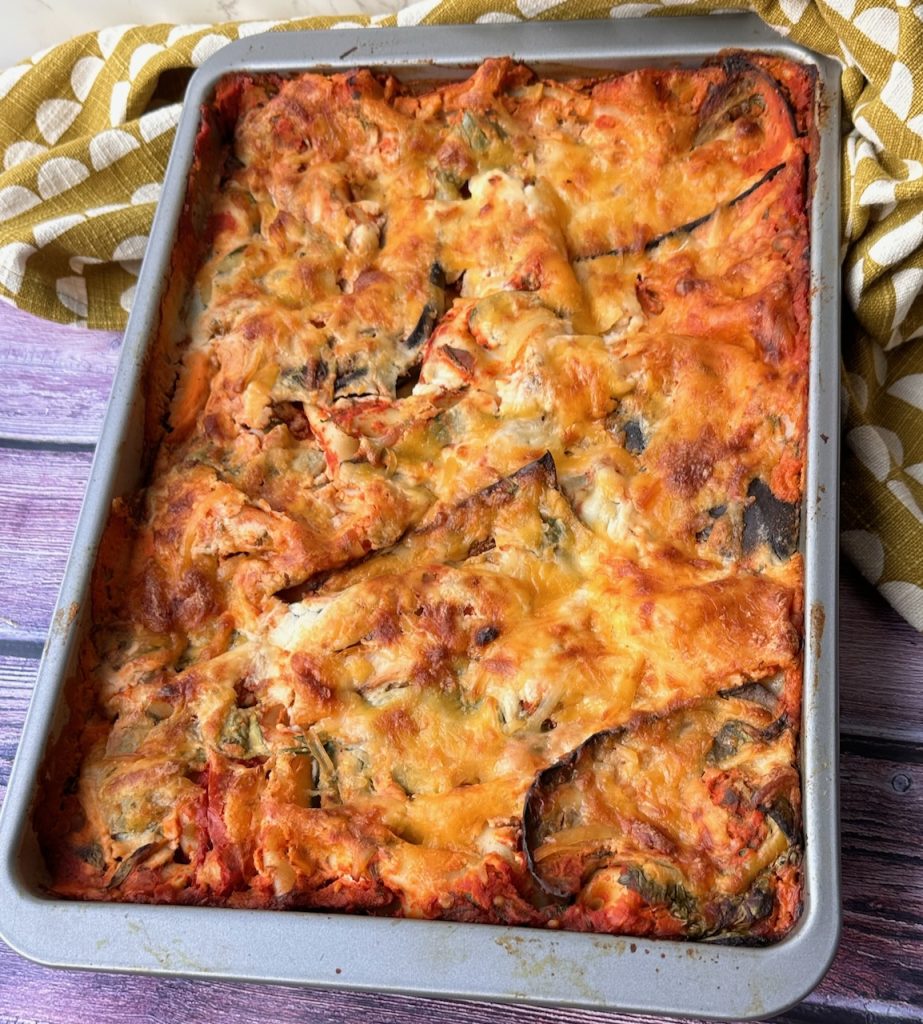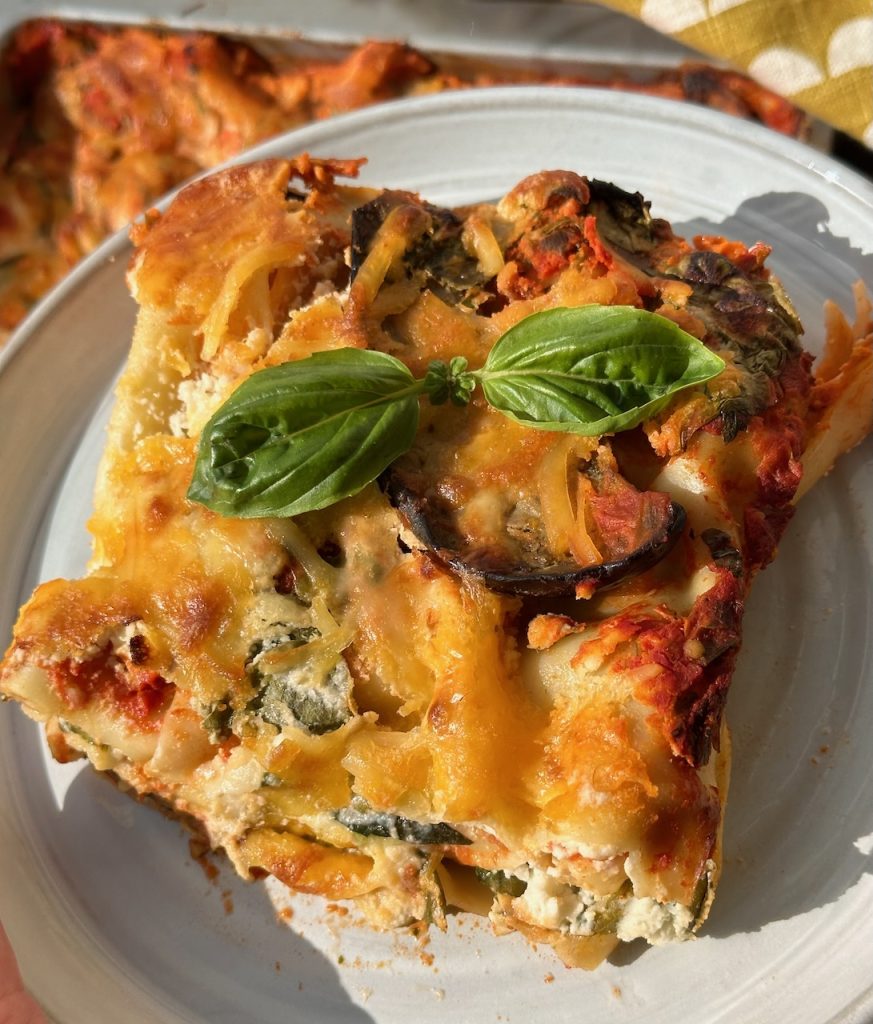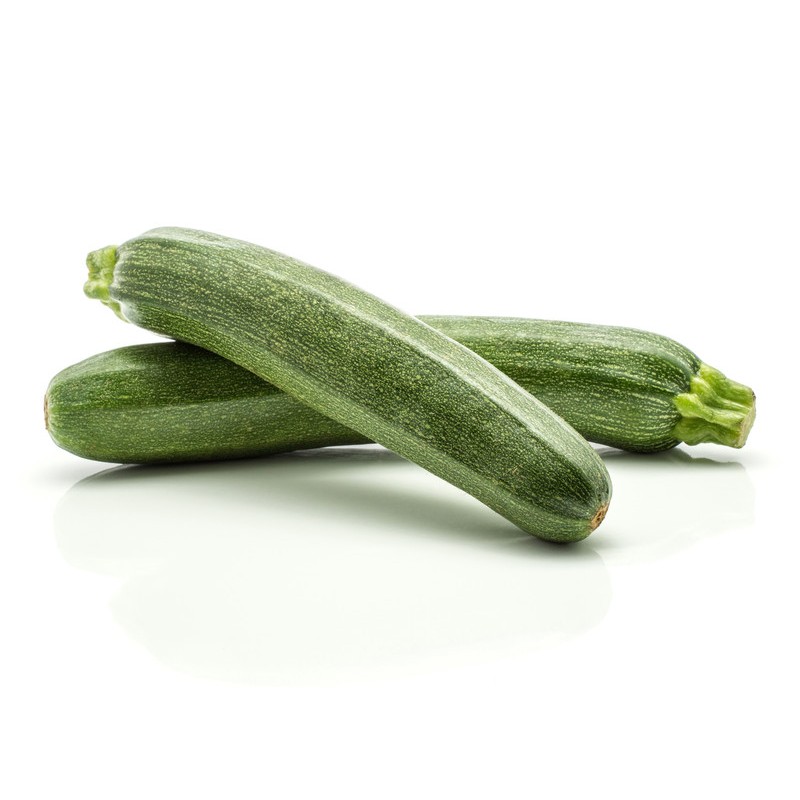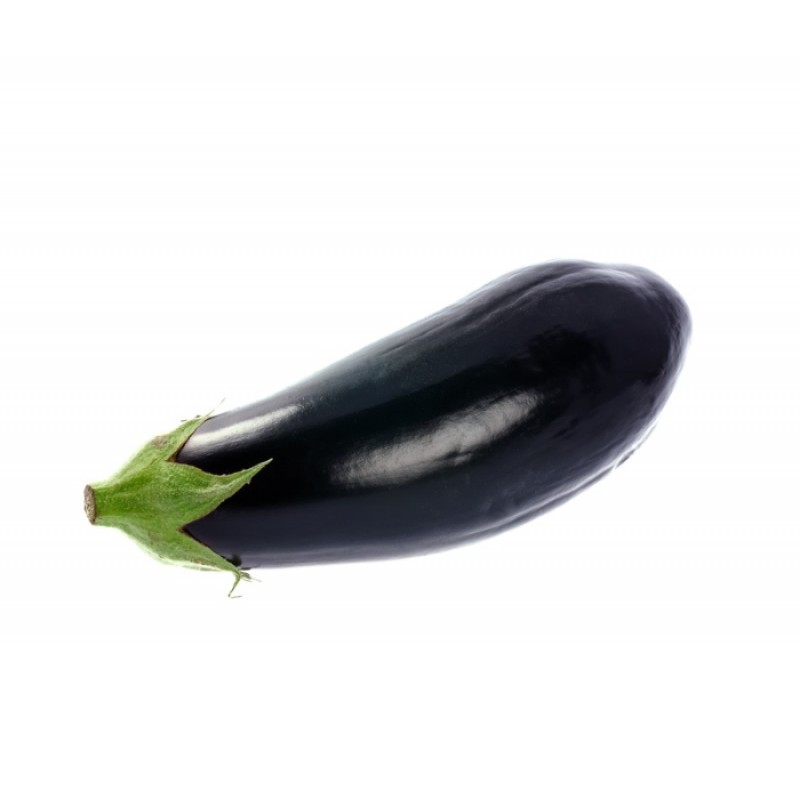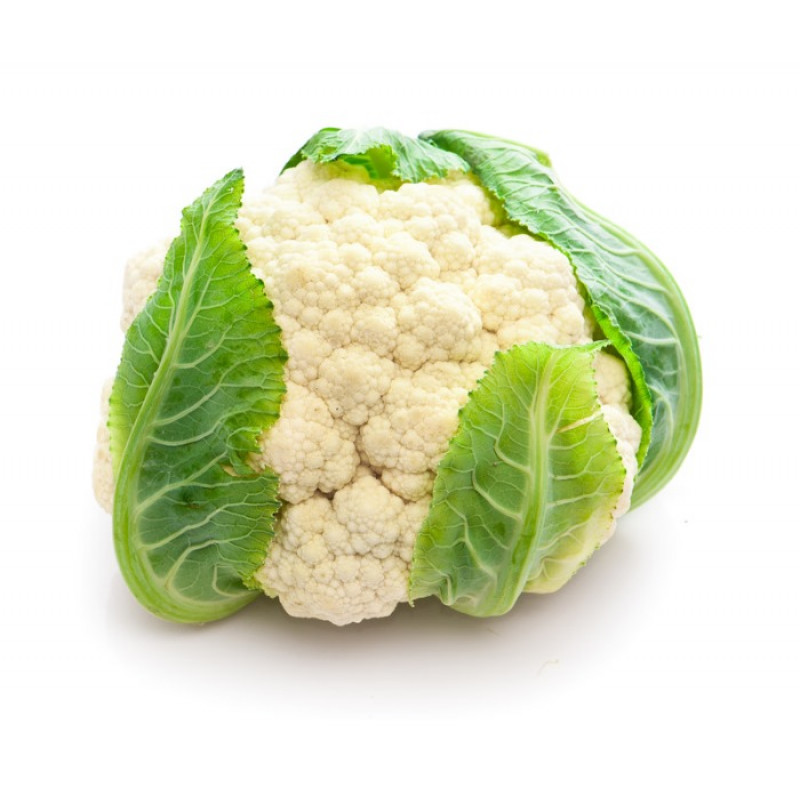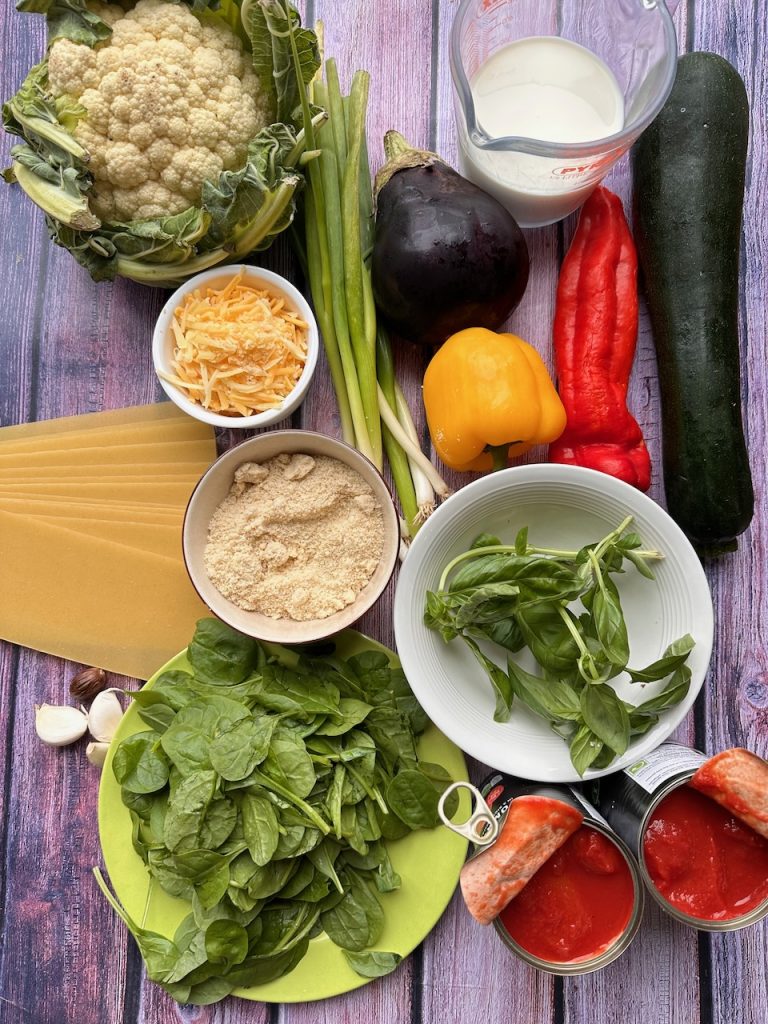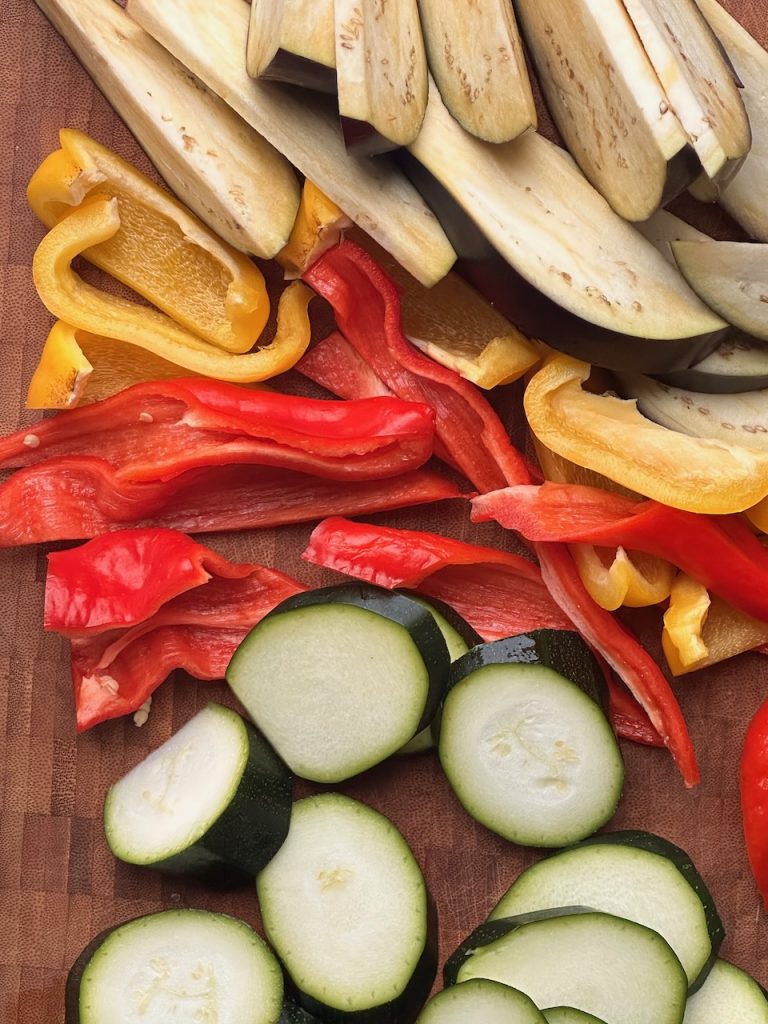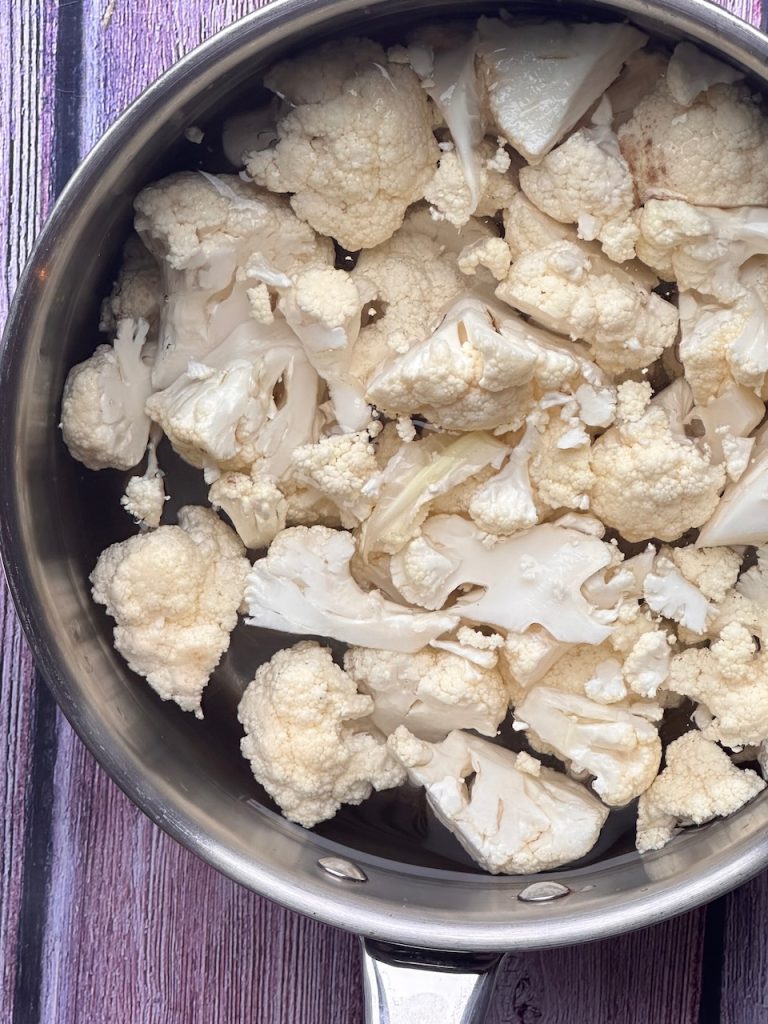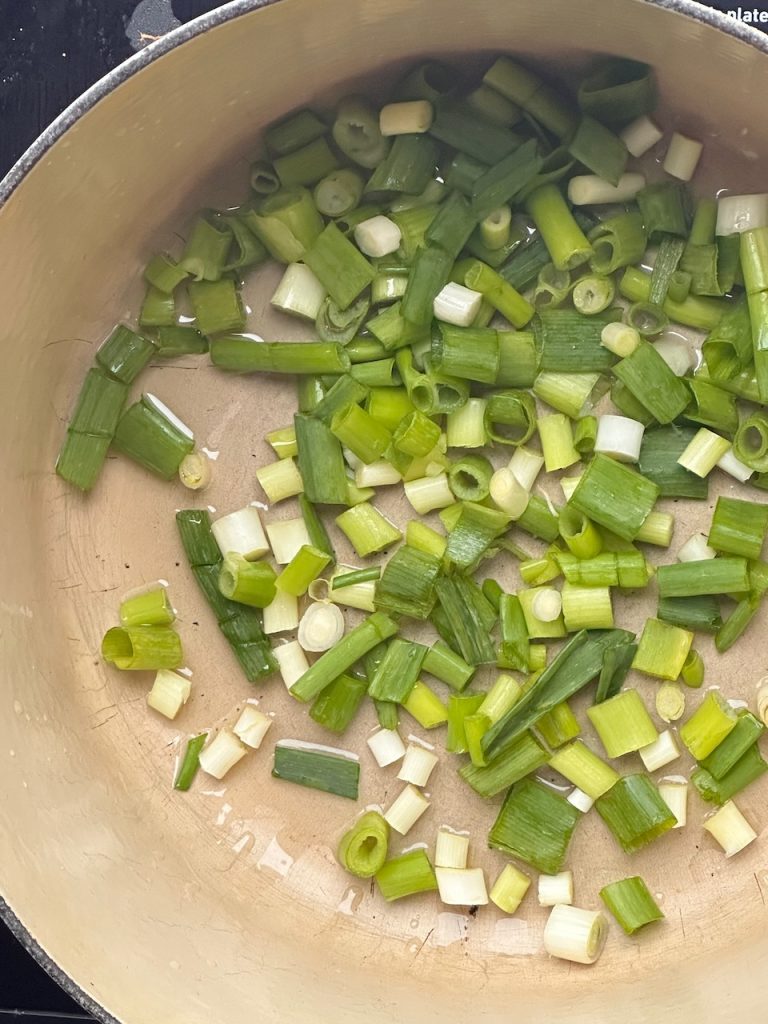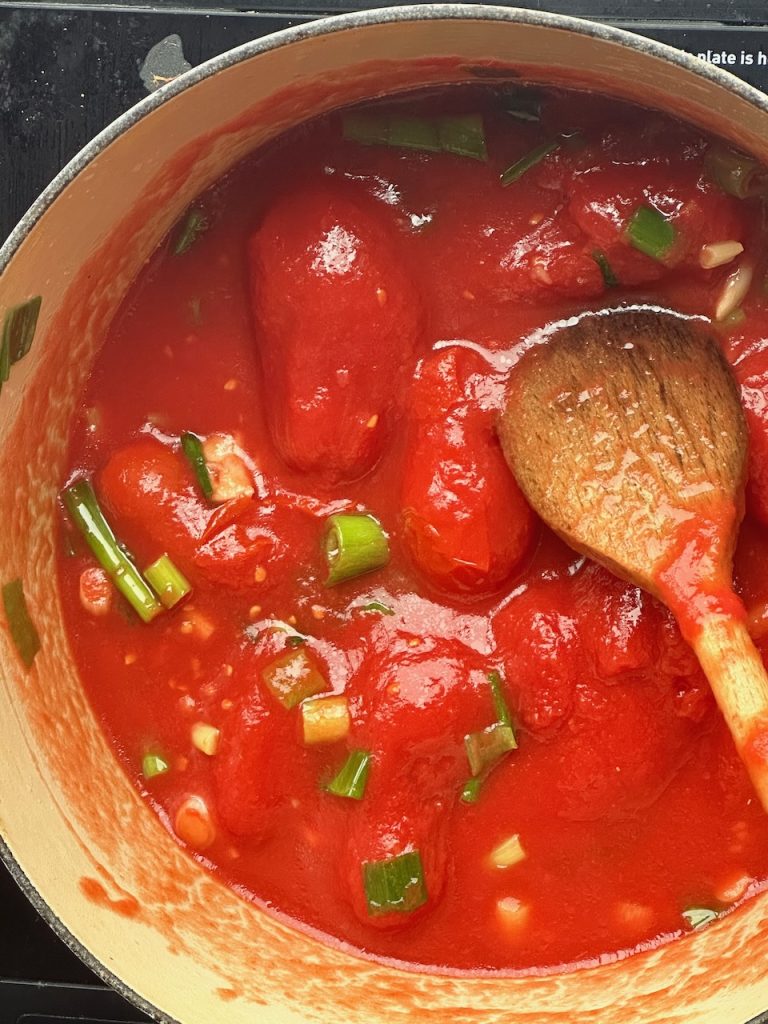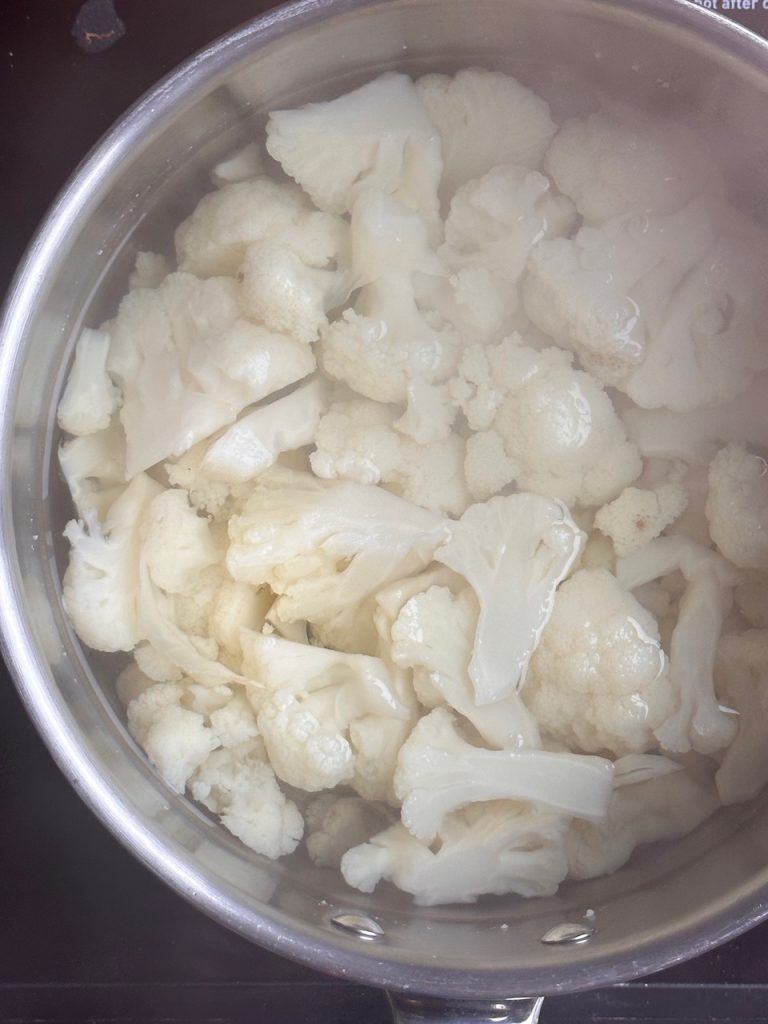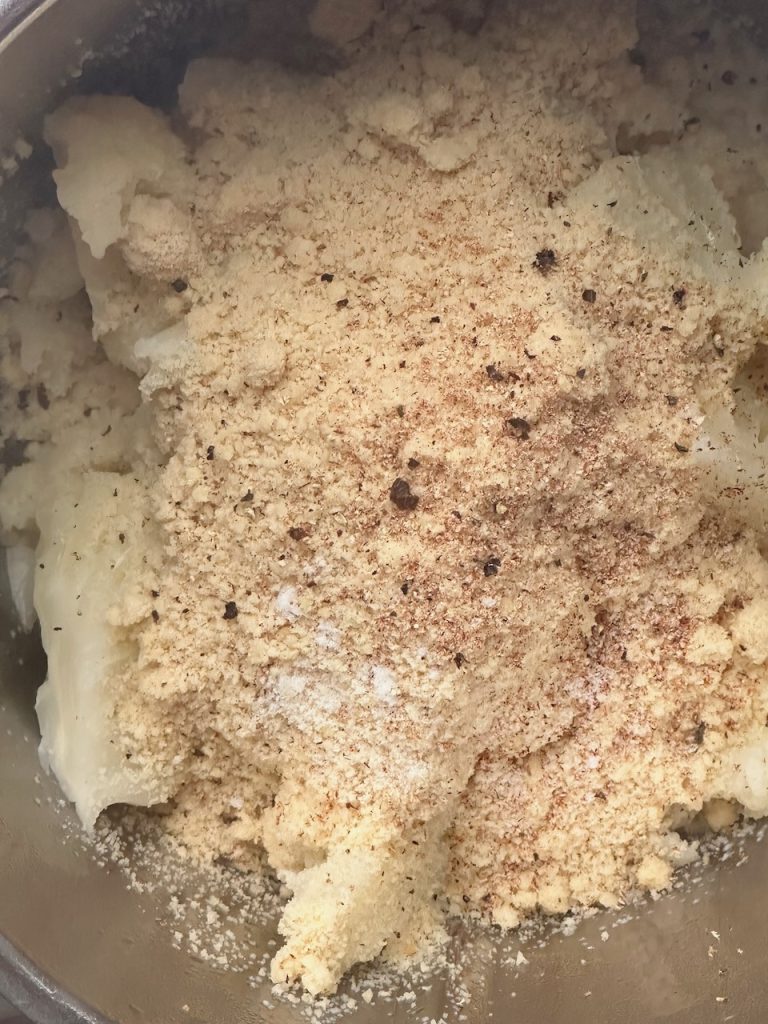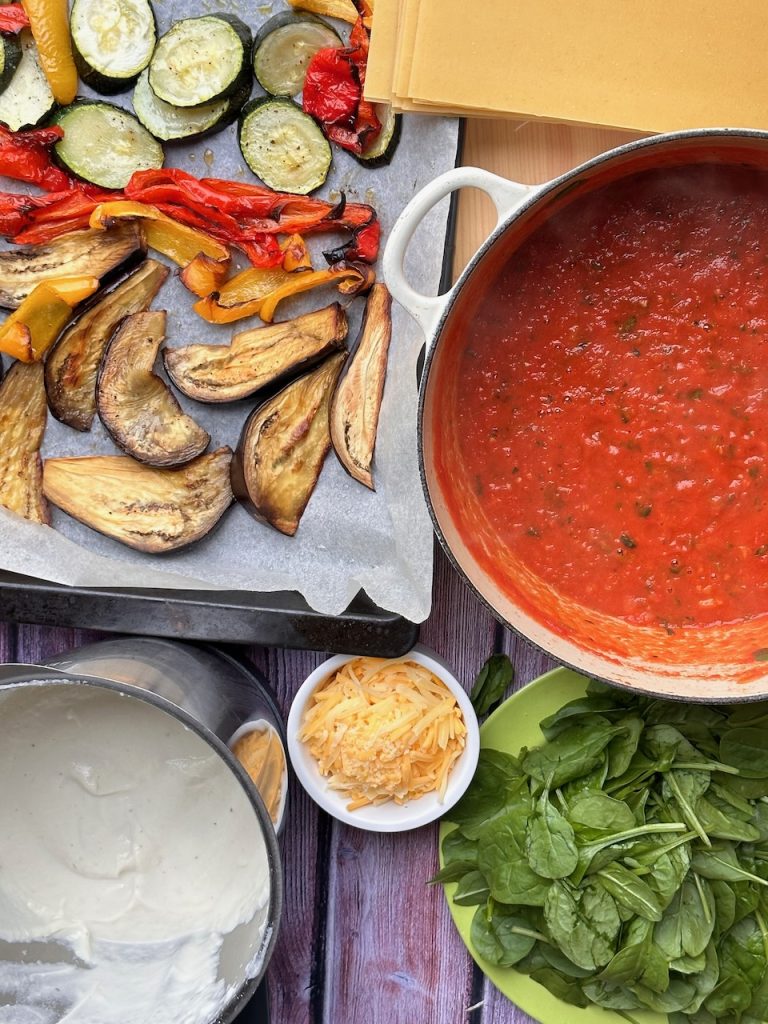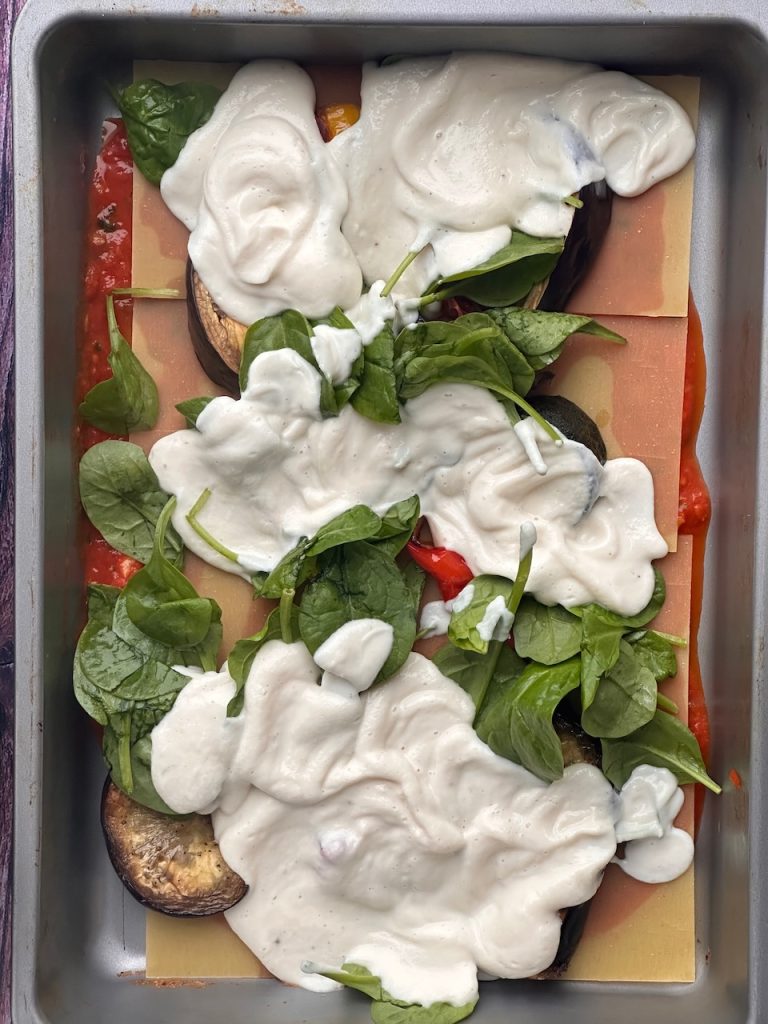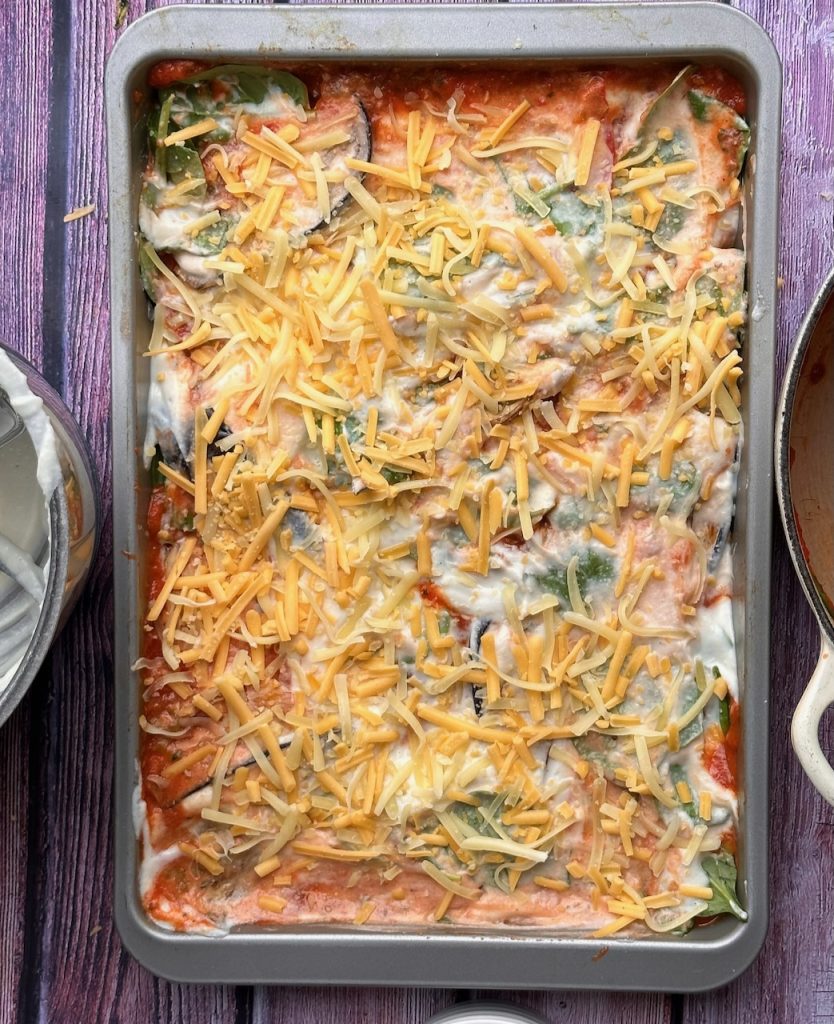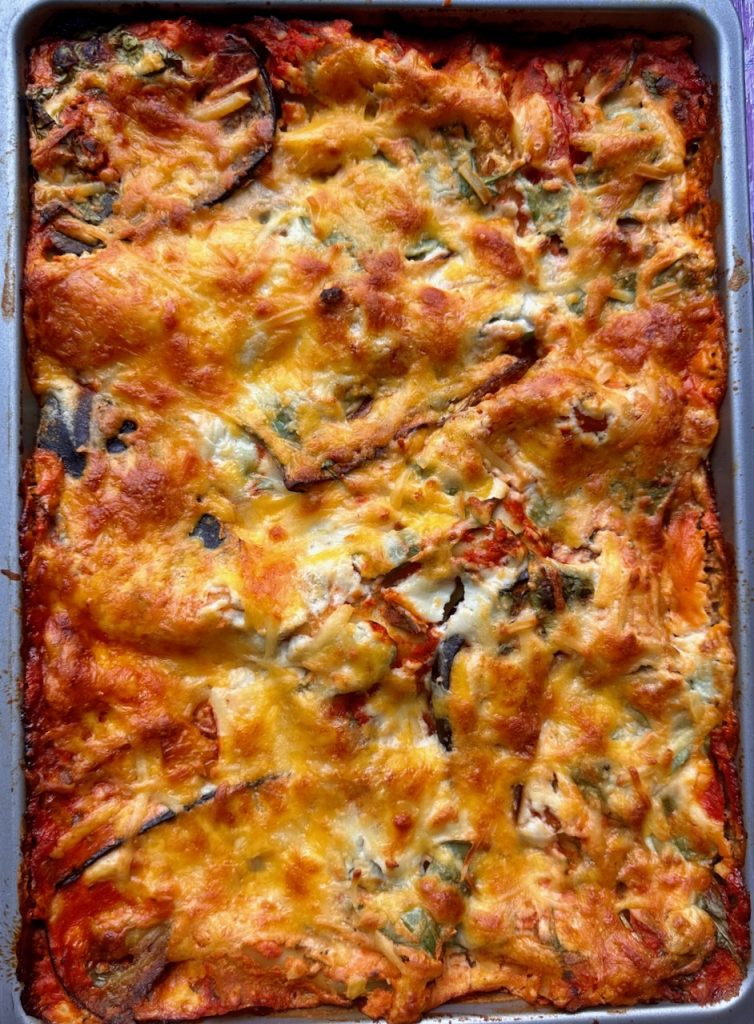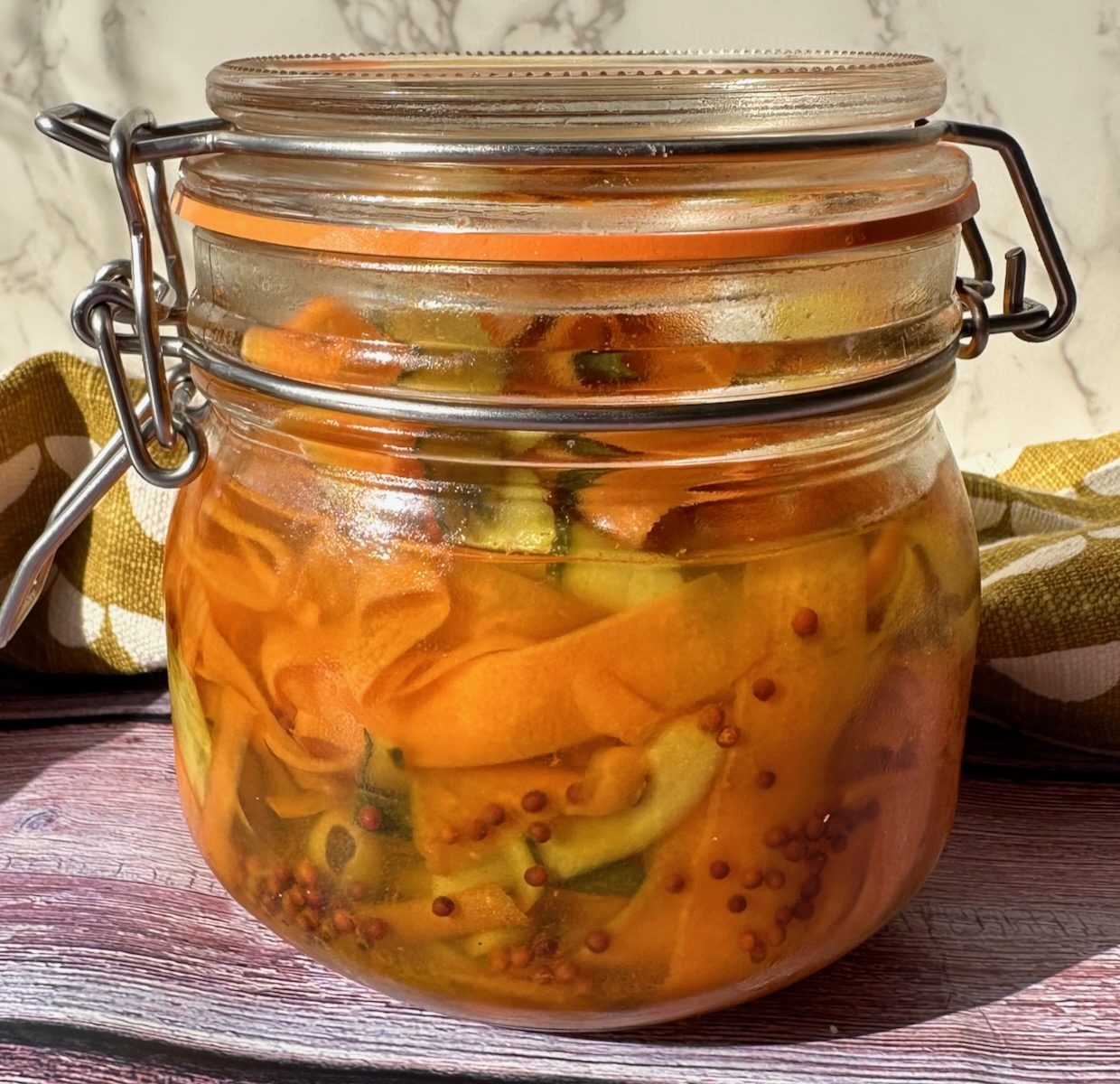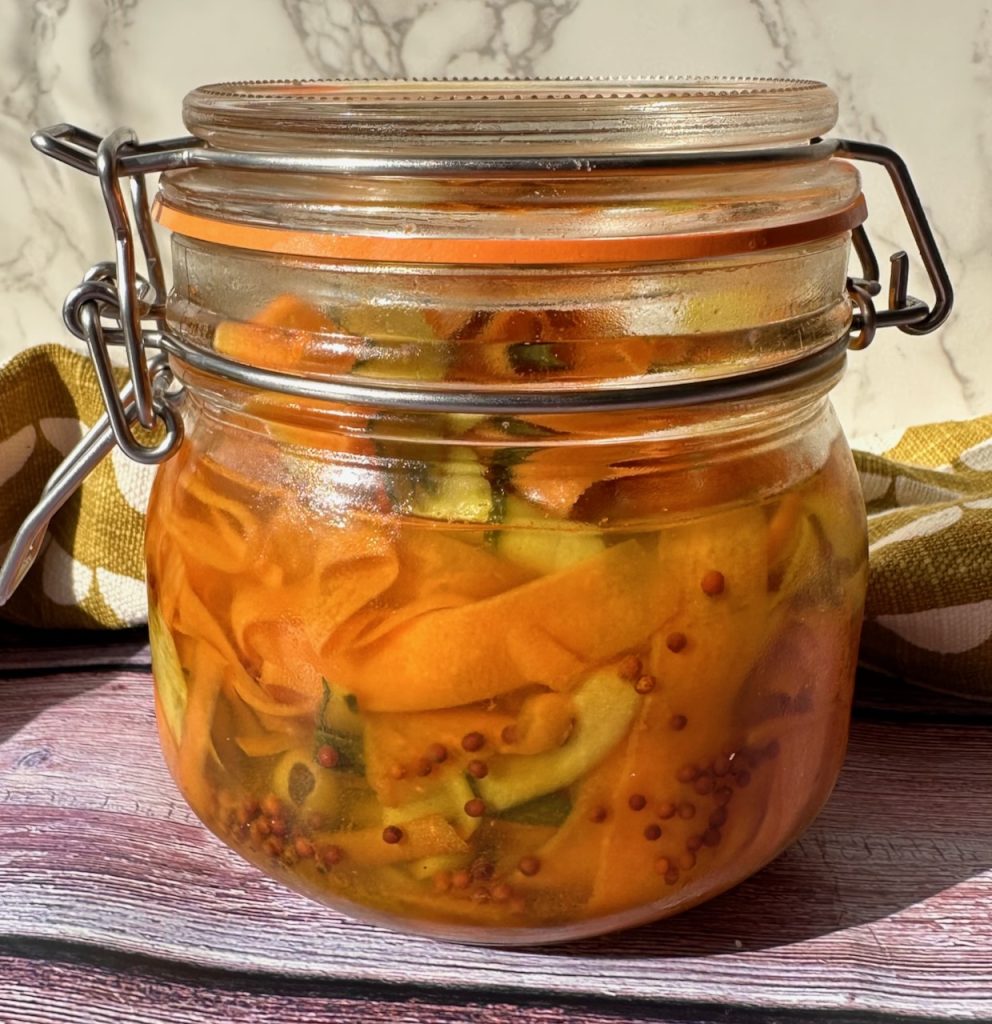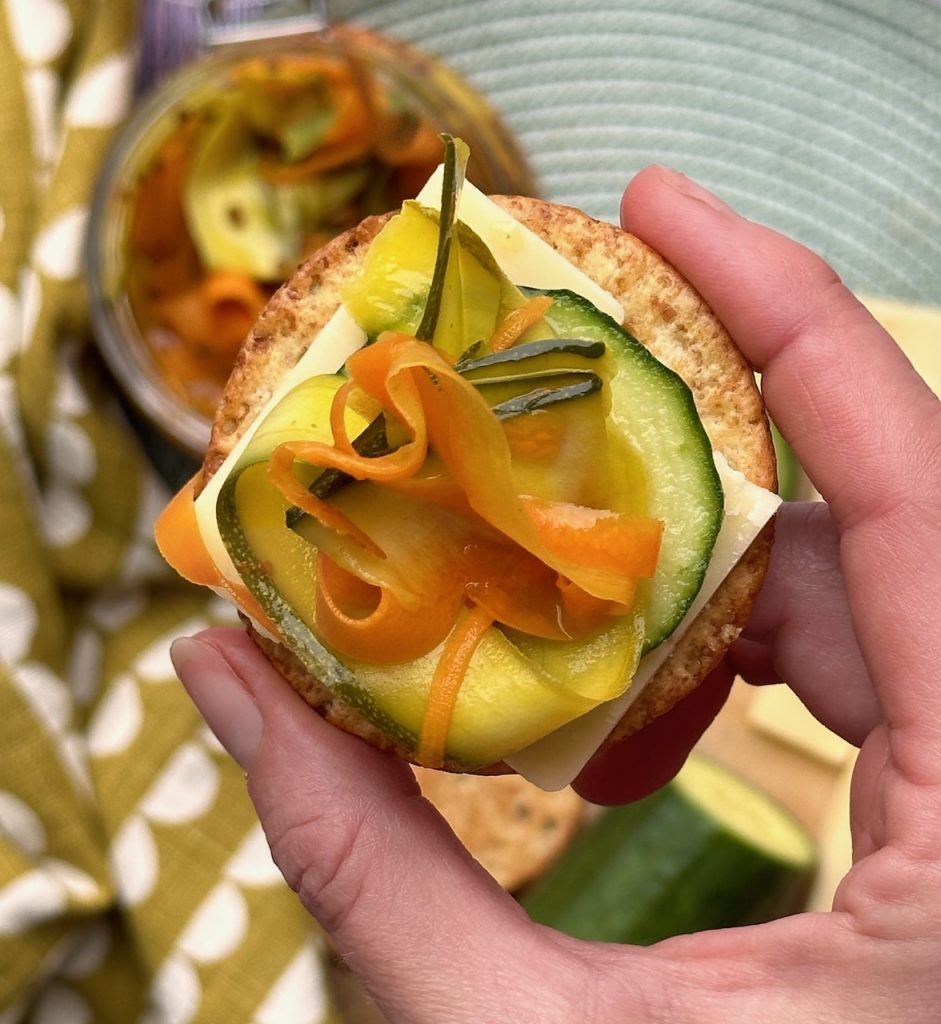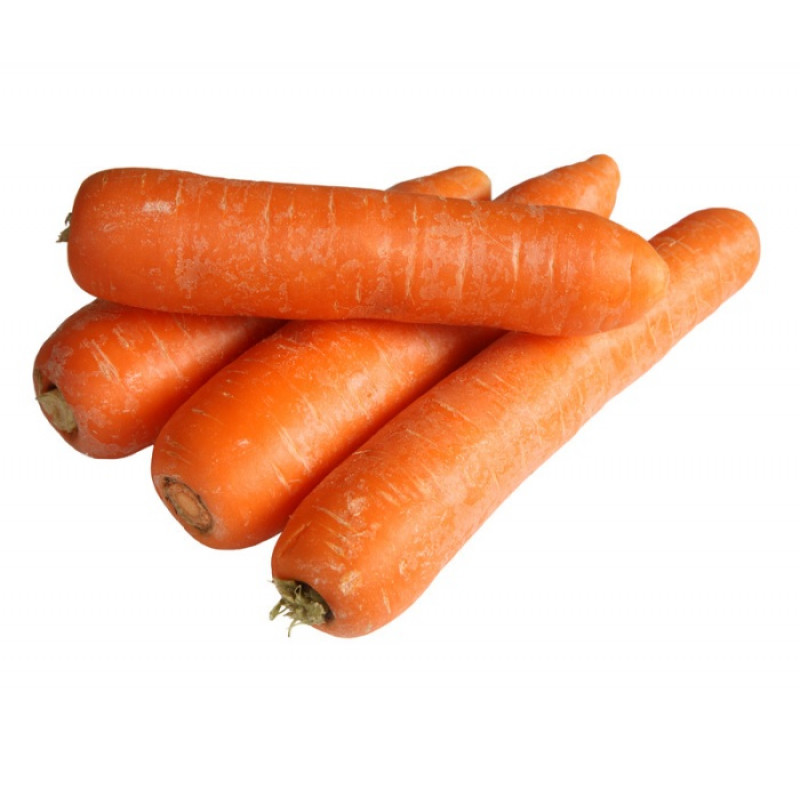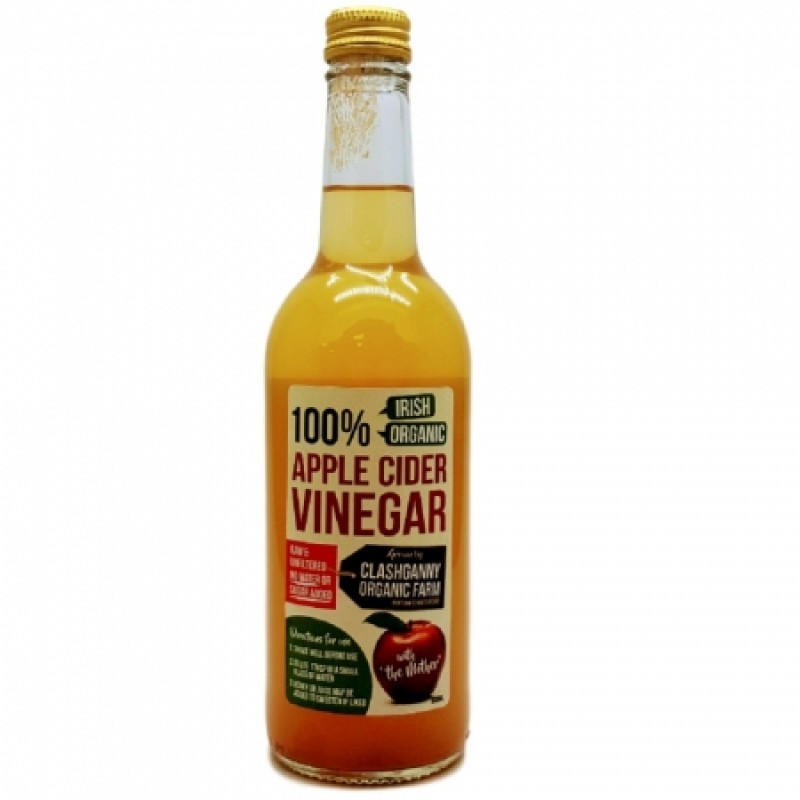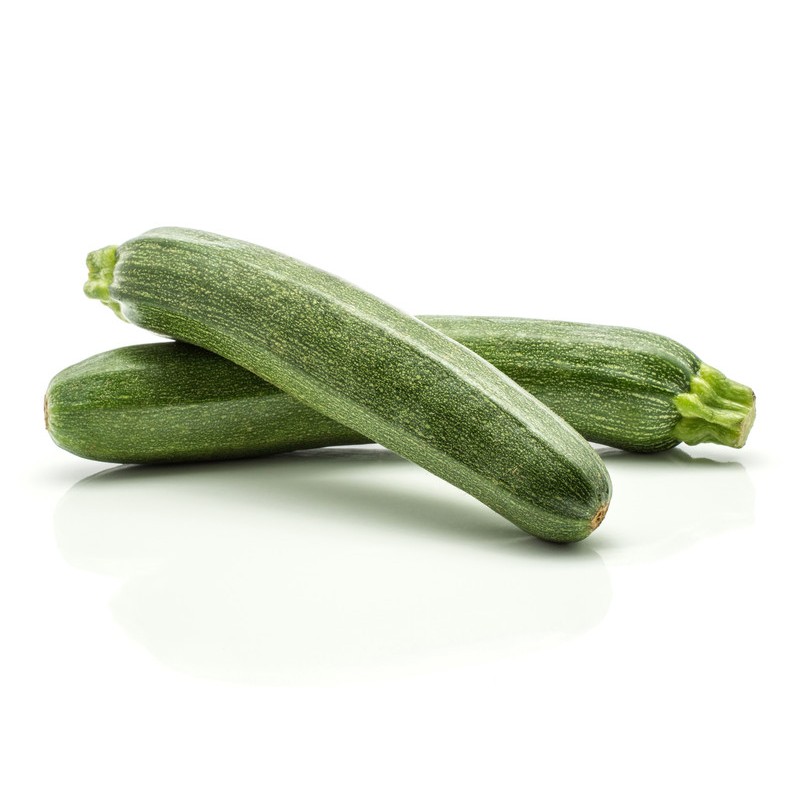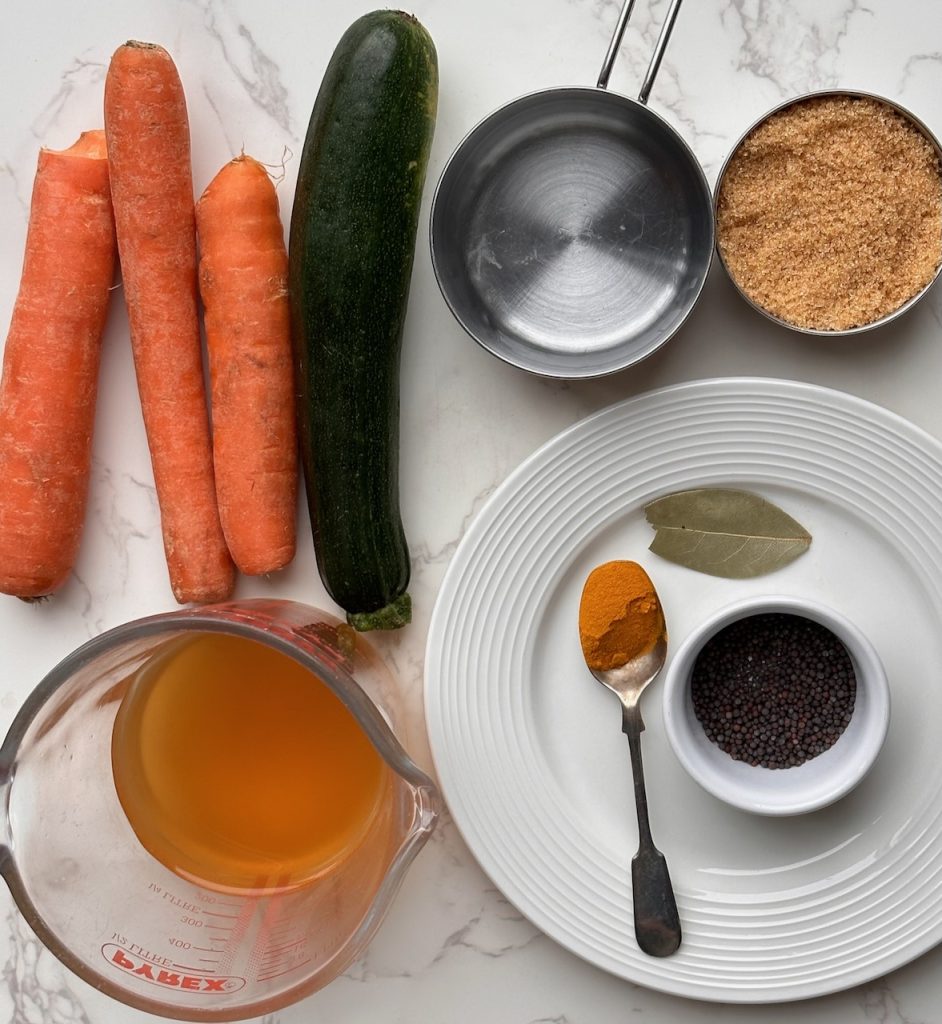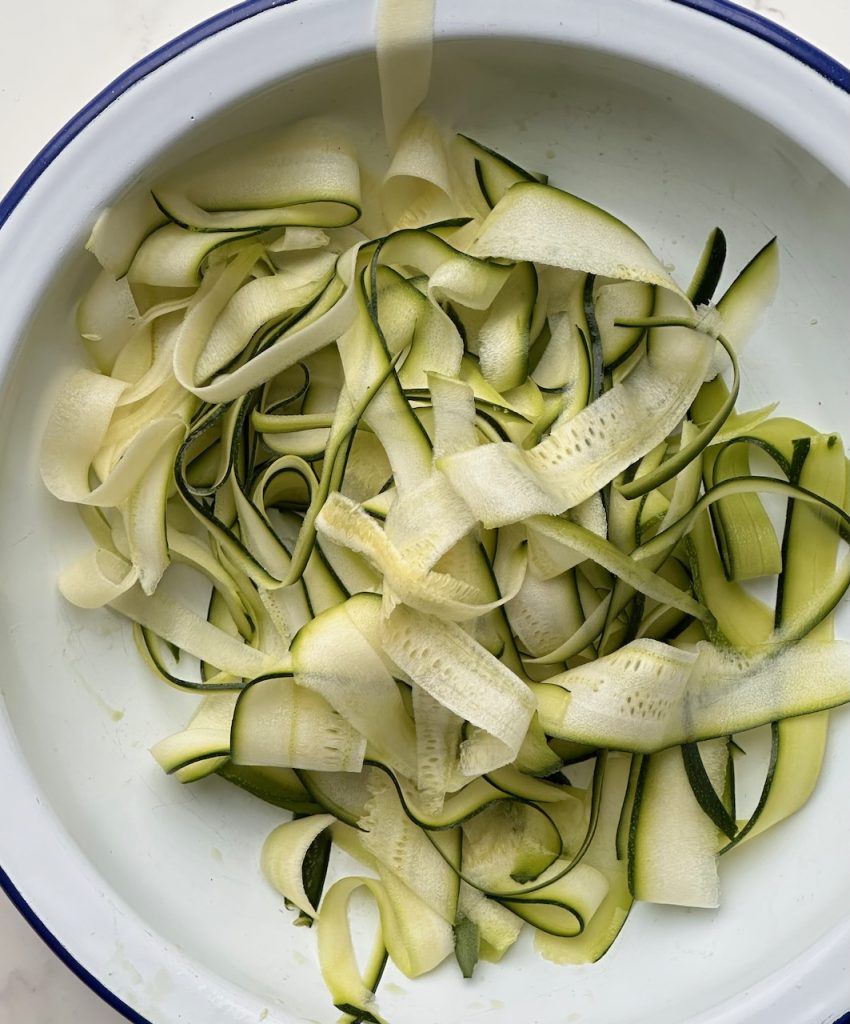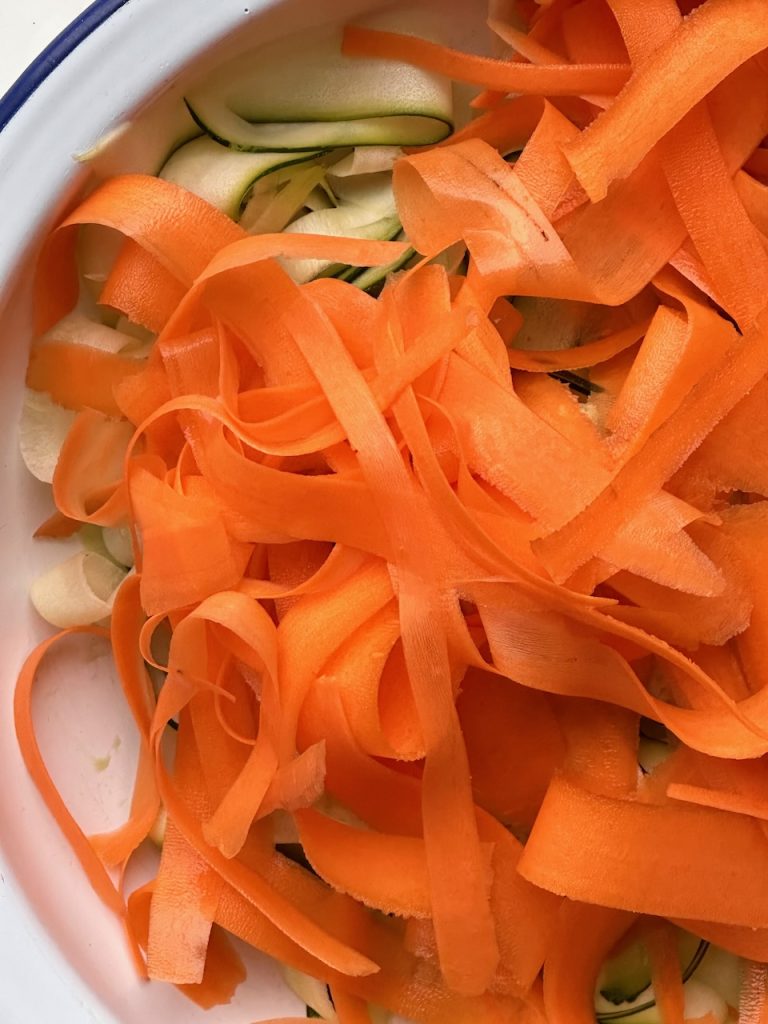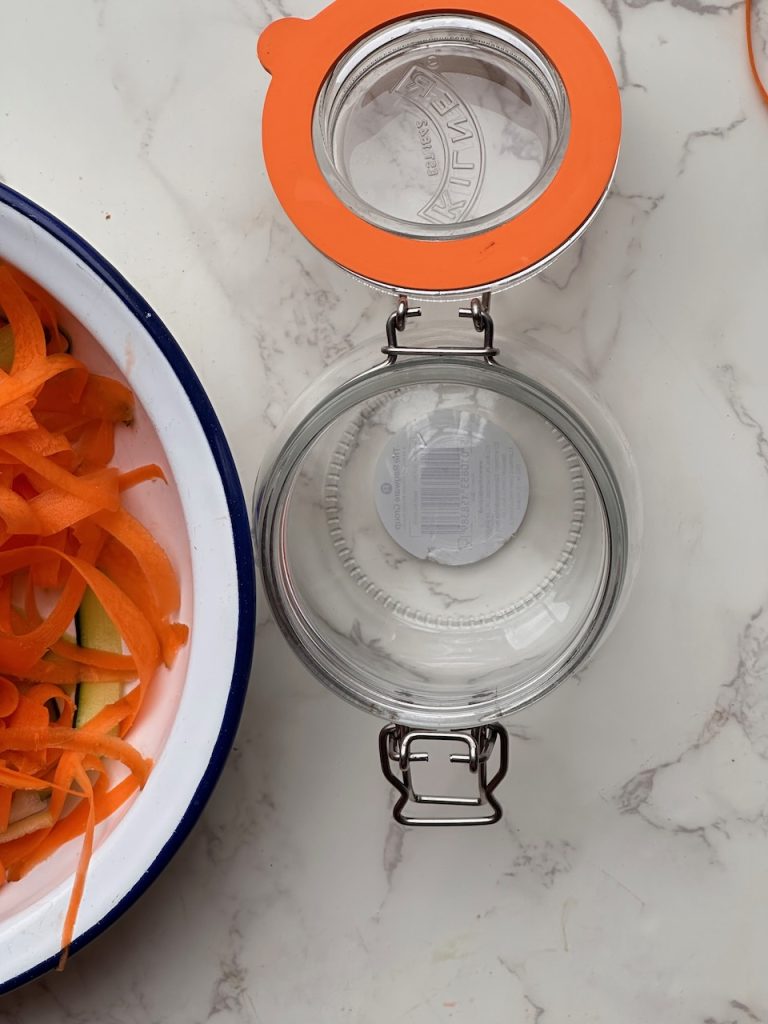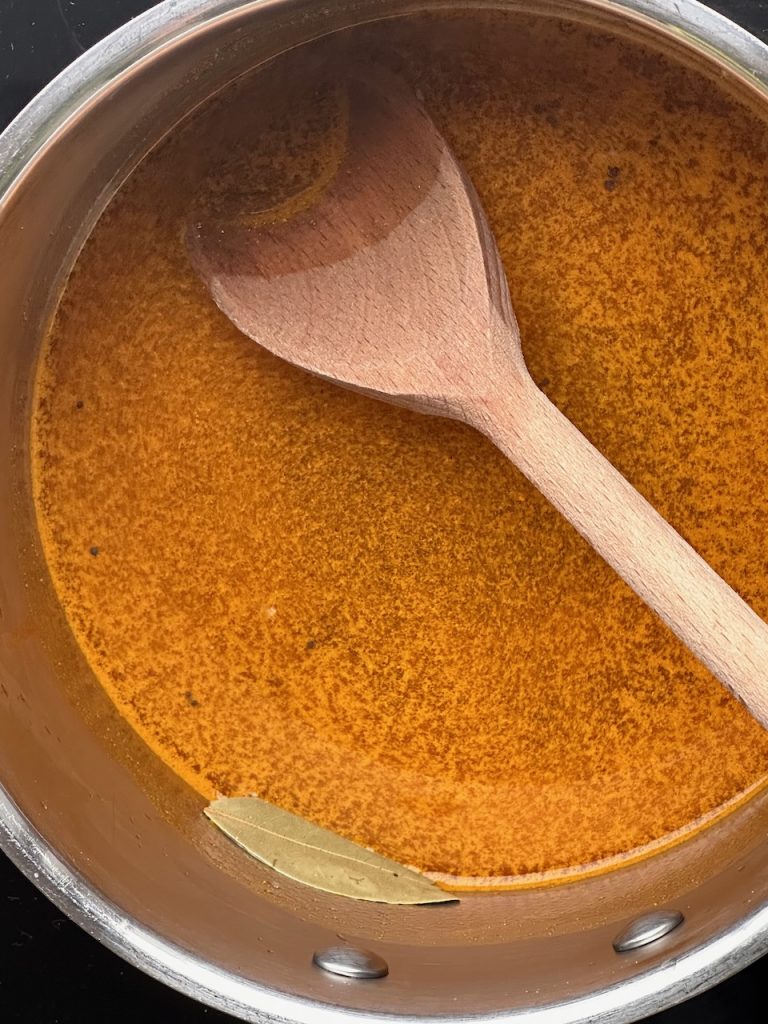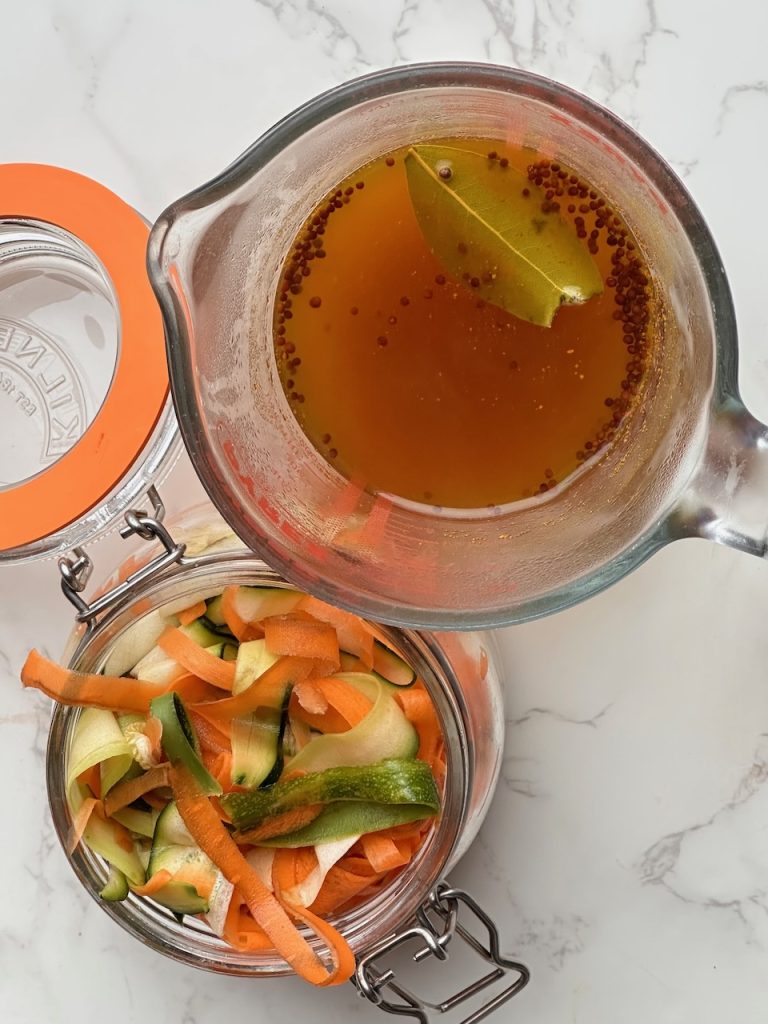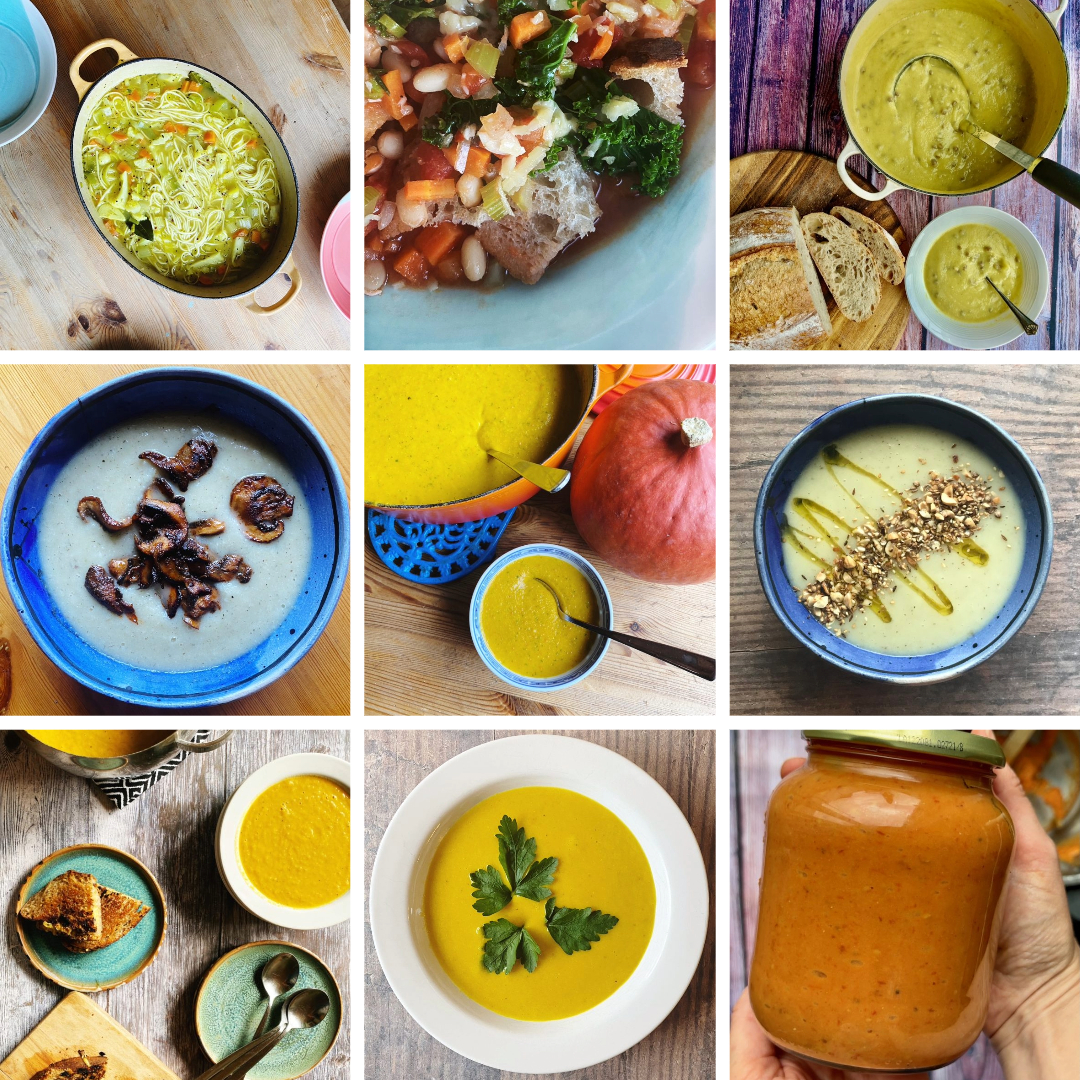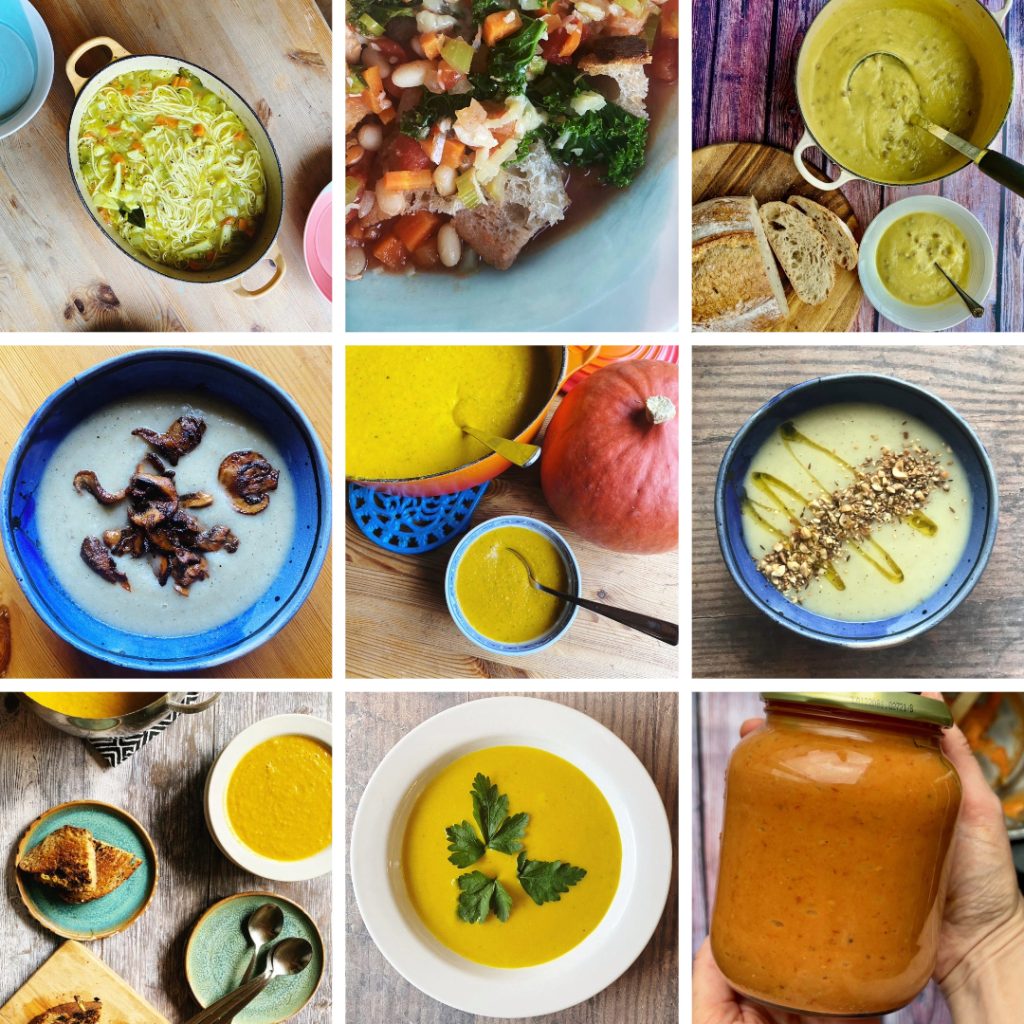Glyphosate Aka Roundup; we all have heard the name it is the most ubiquitous herbicide used on the planet, nearly 10 billion kg have been used globally.
It is a probable-carcinogen and it now contaminates most non-organic food stuffs.
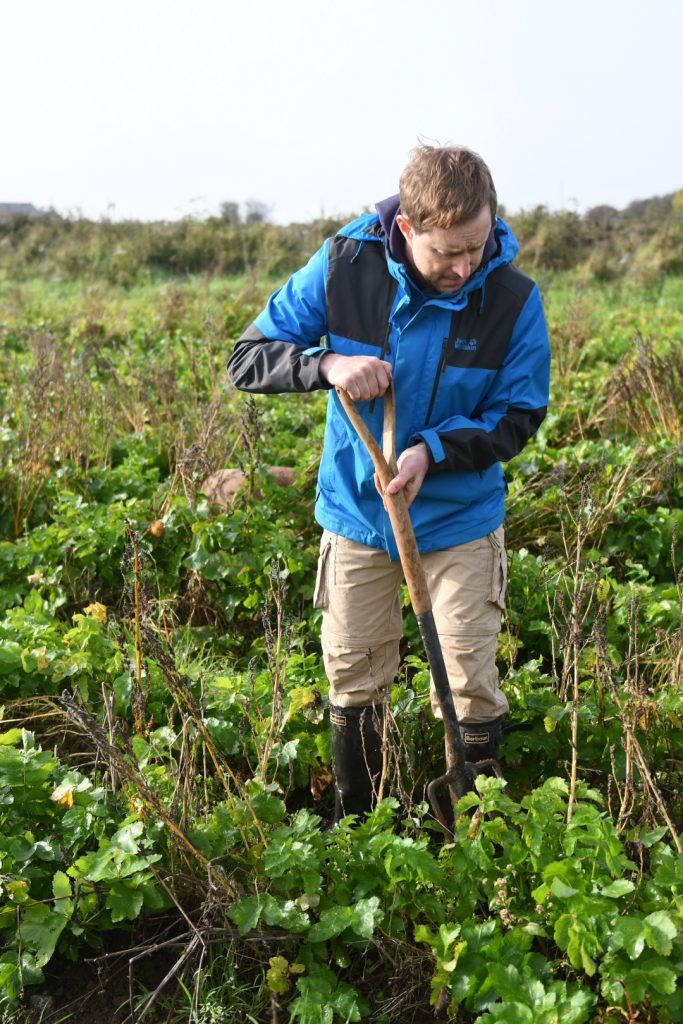
Today Friday there is a vote to renew the licence for it’s use in the EU for a further 10 years, please if you have a minute put your name to this petition to stop its renewal.
Using chemicals to fight nature will never work. In the short term it may give a temporary reprieve from a certain disease or pest, but that pest will come back stronger and more resistant next time. It is in a way a self-perpetuating industry and GMO’s are another extension of this very lucrative business.
Bayer the company that bought out Monsanto (the makers of Roundup) are lobbying heavily for its continued use, it’s a massive money spinner for them, why wouldn’t they? They argue its safe, remember tobacco companies said the same thing about smoking!
But we don’t need this stuff on our food, we don’t need it contaminating our waterways, destroying our biodiversity.
Generally, the application of Roundup is the first step when a conventional farmer sets about reseeding fields, or prior to sowing conventional grain, or in fact for weed control prior to harvest of conventional tillage crops. The application of roundup to grain crops prior to harvest is mind-blowing. This stuff is systemic meaning it gets absorbed into the plant, it stays there, and as the grain goes to be processed to flour it stays there.
As a trained chemist, I feel strongly that these chemicals have no place in our food chain. They hurt our bodies, they hurt our land, and it begets the questions are these chemicals necessary? Is there an alternative path we can thread? A resounding ‘of course there is’ would be our answer.
If you follow us on Instagram check out our most recent video there are plenty of “weeds” growing between our kale plants and yet the kale is amazingly healthy and happy and vibrant. Not only that some of these “weeds” are carry over from our green manure of clover and phacelia from the year pervious. They serve many valuable functions, they allow biodiversity to flourish, nature is diverse it is not a monoculture. They also help prevent leaching of valuable nutrients from the soil, effectively acting as a winter cover crop.
When we first took on my granddad’s land here, it was not in great, shape nutrient levels were low and there was a very challenging dockleaf problem, but over the years through careful management we have reduced the burden of docks, there are still dock leaves growing but they are not a problem now. Total elimination was not necessary.
We feel that there is a viable alternative path we can follow for growing good quality, tasty food without the use of chemicals, we have been at it for 18 years now, we still have a lot to learn but one thing is for sure, we will never ever look to the chemical cabinet for a solution to any of our challenges.
Thanks as always for your support.
Kenneth
PS Don’t forget that our Farm shop is open every Saturday from 10am to 5pm, H91F9C5. Also we have the first amazing savoy cabbage and crown prince pumpkin available from Padraigh Fahy in Beechlawn, plus our own gorgeous bunched carrots, fresh parnsips and leeks, see all the great IRISH organic produce we have here.

